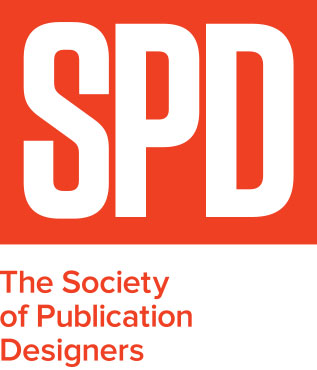Stephanie Diani
/SPD: What do you do?
Stephanie Diani: I am a photographer based in New York City, I work for magazines, newspapers, networks, advertisers, and corporations. I work in studio and on location and have a relatively extensive entertainment-related portfolio.
SPD: Where did you get your start?
SD: I am self-taught, so my journey has been somewhat eccentric. After college I built a very basic portfolio via self-assignments and a lot of volunteer work, which I did before and after my day jobs, which led to an internship at the local weekly newspaper in Santa Barbara. That experience in turn led to some freelance work for the local daily paper. I’ll be forever grateful to Len Wood, the photo editor at the Santa Barbara News Press who gave me my first paid freelance assignments. That whole process took a few years.
SPD: Who were your mentors and where do you go to for inspiration?
SD: Len was one of the first people to believe in me and give me a shot, and he was an awesome mentor. He introduced me to Mike Smith at The New York Times, who was also awesome, and that meeting led to my first freelance assignment for the Times several years later.
But before then, I looked up to all of the Nat Geo photographers, and used to study the magazine to figure out how and why the stories were photographed the way they were. What lens did the photographer choose? What time of day? Which elements of the story were emphasized with images? I also checked out all of the photo books from the local library (this was pre-Google) and took notes, made Xerox copies of work that I found especially striking. It was around then that I started buying photo and art books — which I still do — and using them for inspiration.
SPD: As a photographer, who do you enjoy shooting most: celebrities or real people, and why?
SD: Every person, famous or not, can be fun and inspiring to photograph. I love the challenge of creating, and/or seeing and seizing, a moment with a camera. Celebrities tend to come with a slightly larger instruction manual than ‘real’ people, but that also makes it super satisfying when everything comes together and great images are made. Meeting and photographing Leonard Nimoy was memorable for me, as I was raised on the original Star Trek series. In person he was iconic and gracious and in failing health, but I made him laugh, and when the story ran he texted me “Nice job. L. Nimoy.”
SPD: What inspired you to conduct a casting call on Craigslist for a personal project? How did you choose your subjects and what was it about your subjects that captured your imagination?
SD: The Craigslist casting call was an experiment — I wasn’t sure how big the response would be, who would respond, and what would strike me visually about the respondents. I wanted to challenge myself to make interesting photographs of a range of faces, without having the framework of a specific story to illustrate. And I wanted those people, those faces, to present themselves however they felt most confident. Could the subjects and I then come together and make a visual narrative in the space of an hour’s shoot?
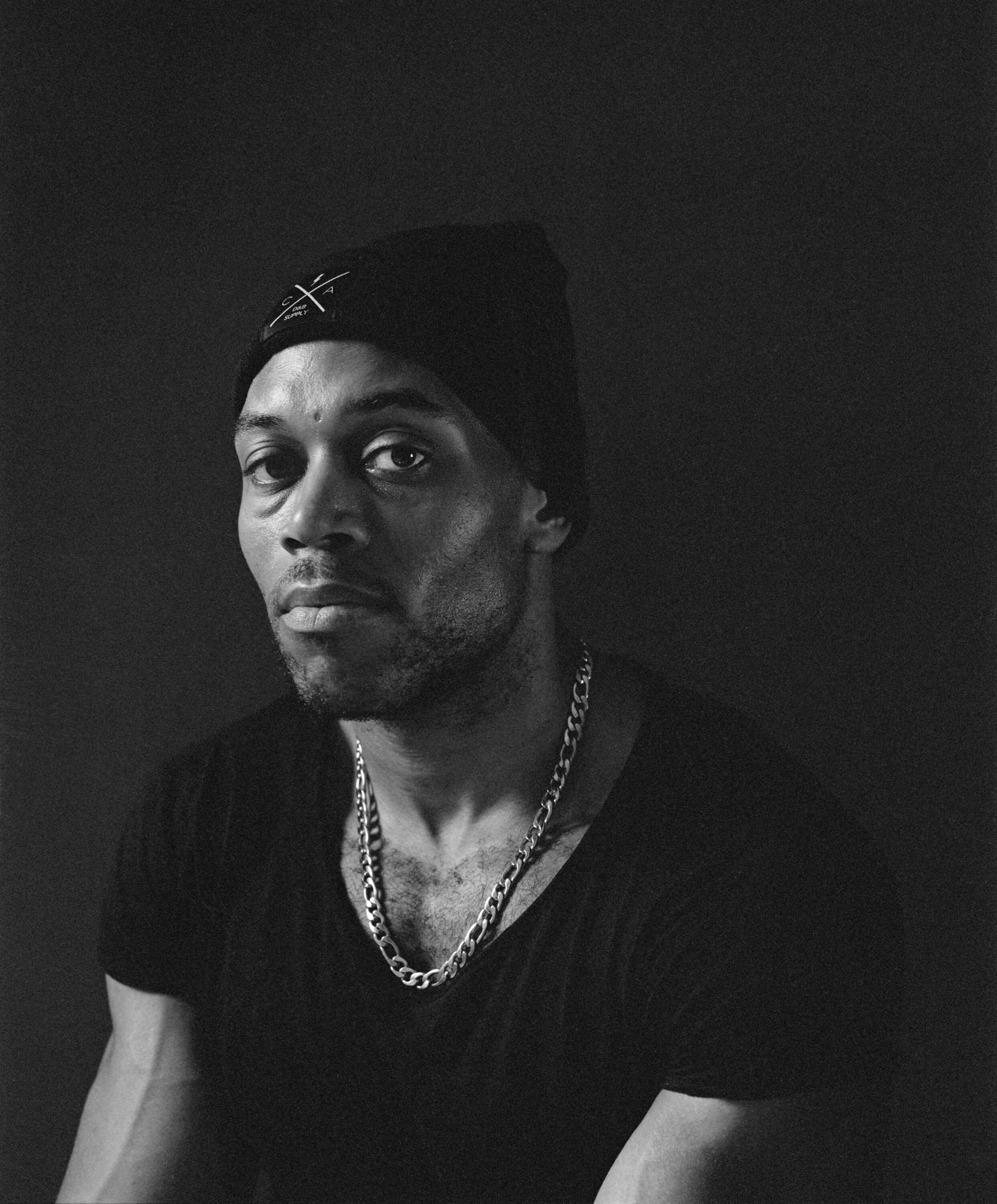

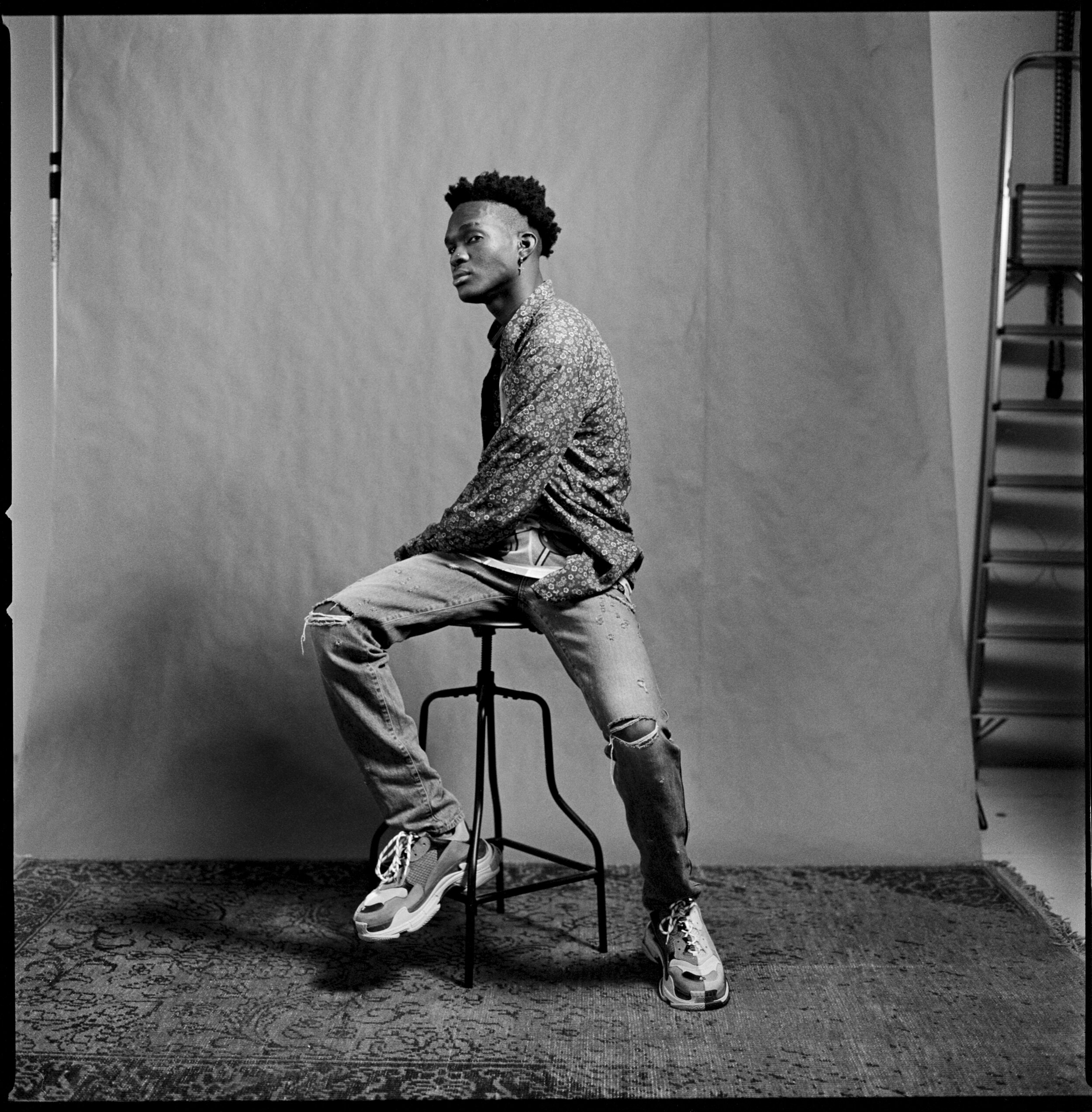

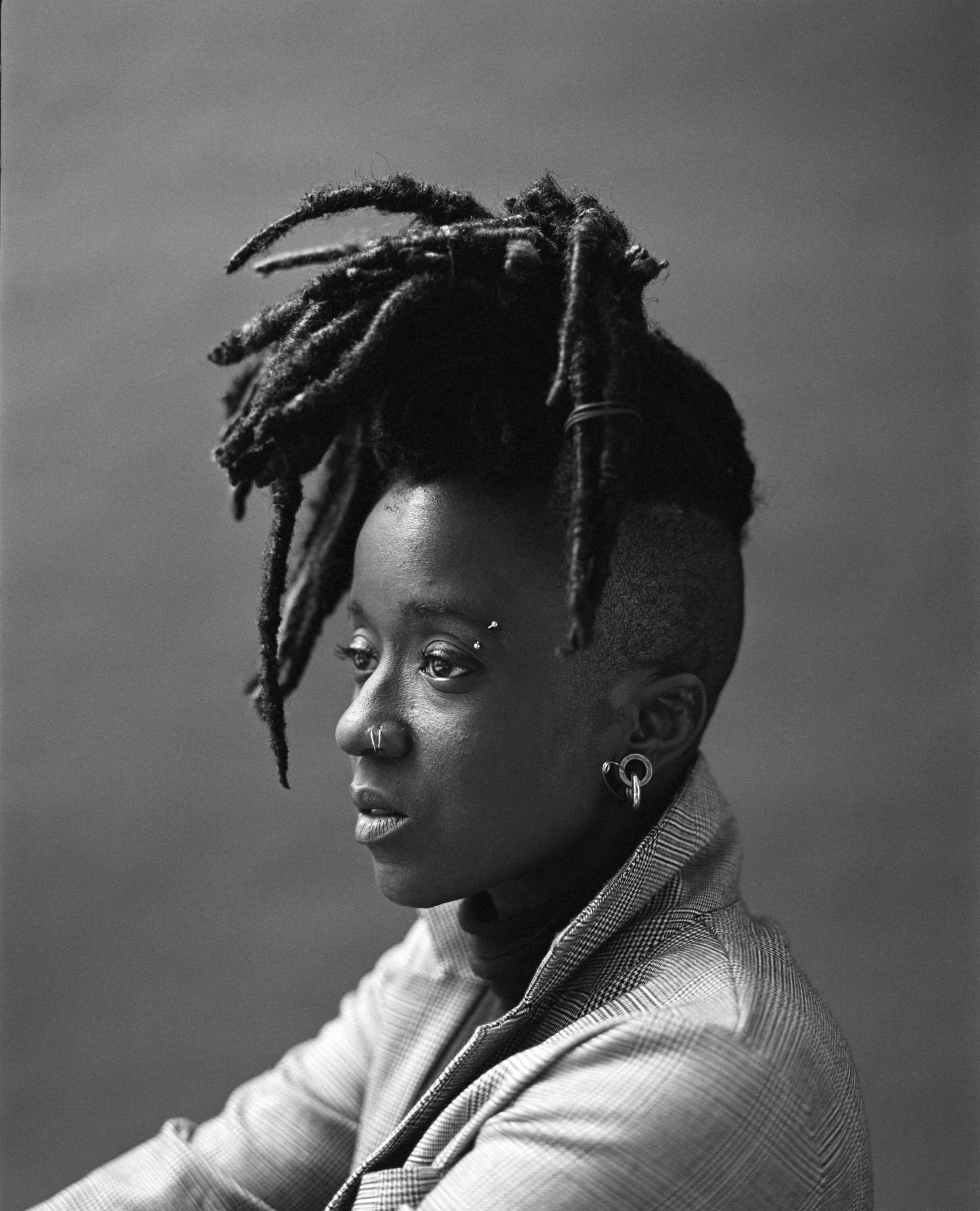
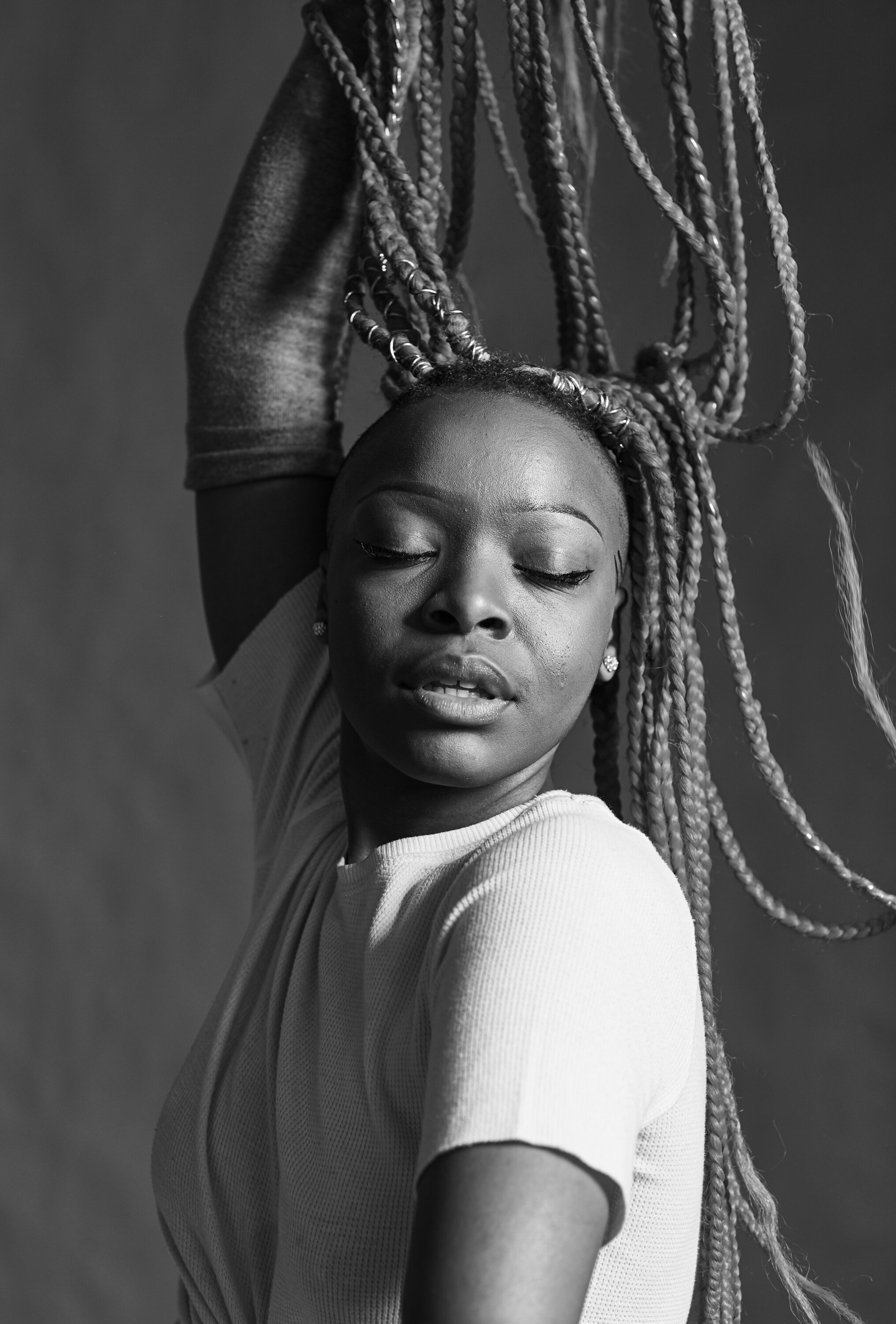
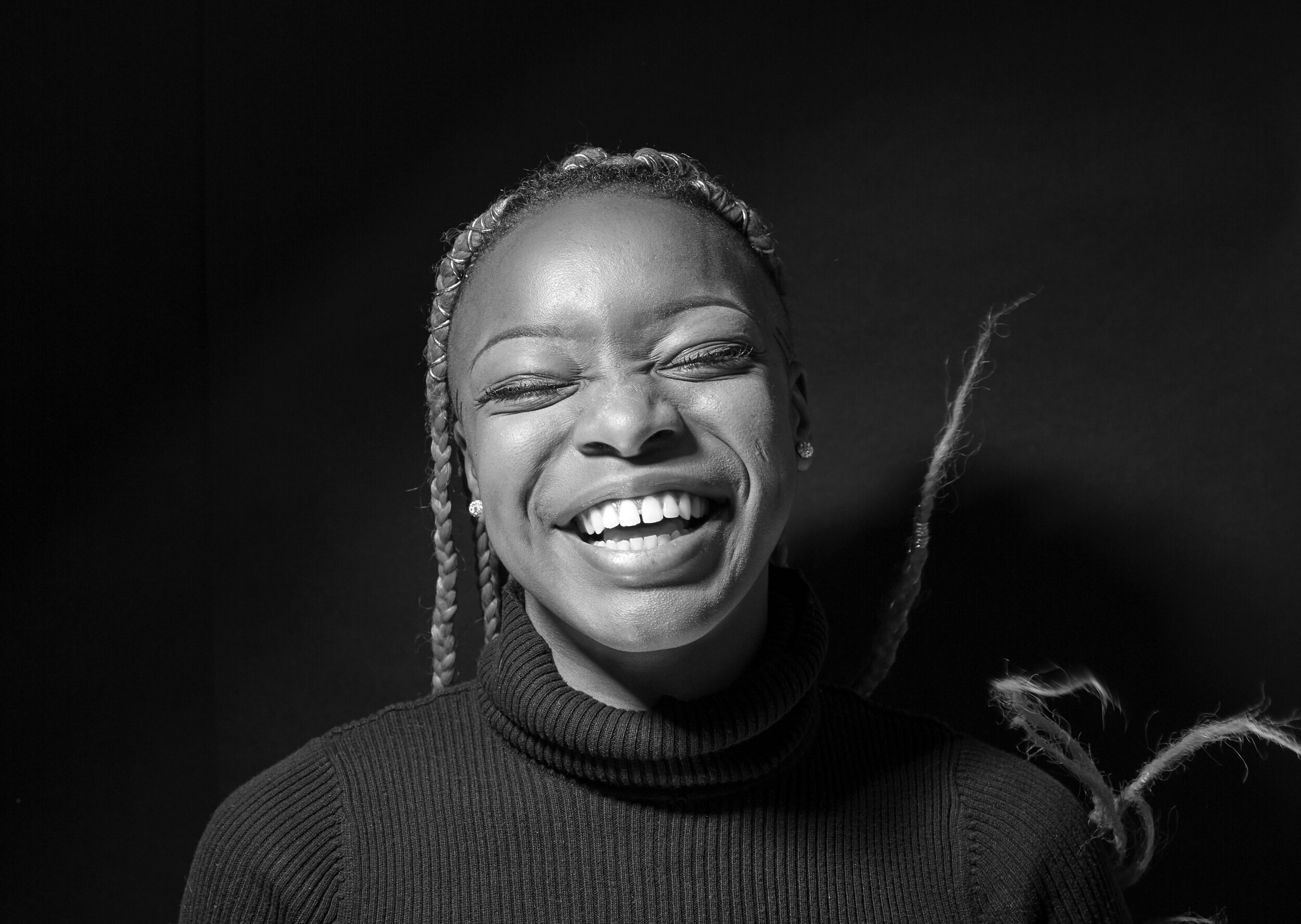
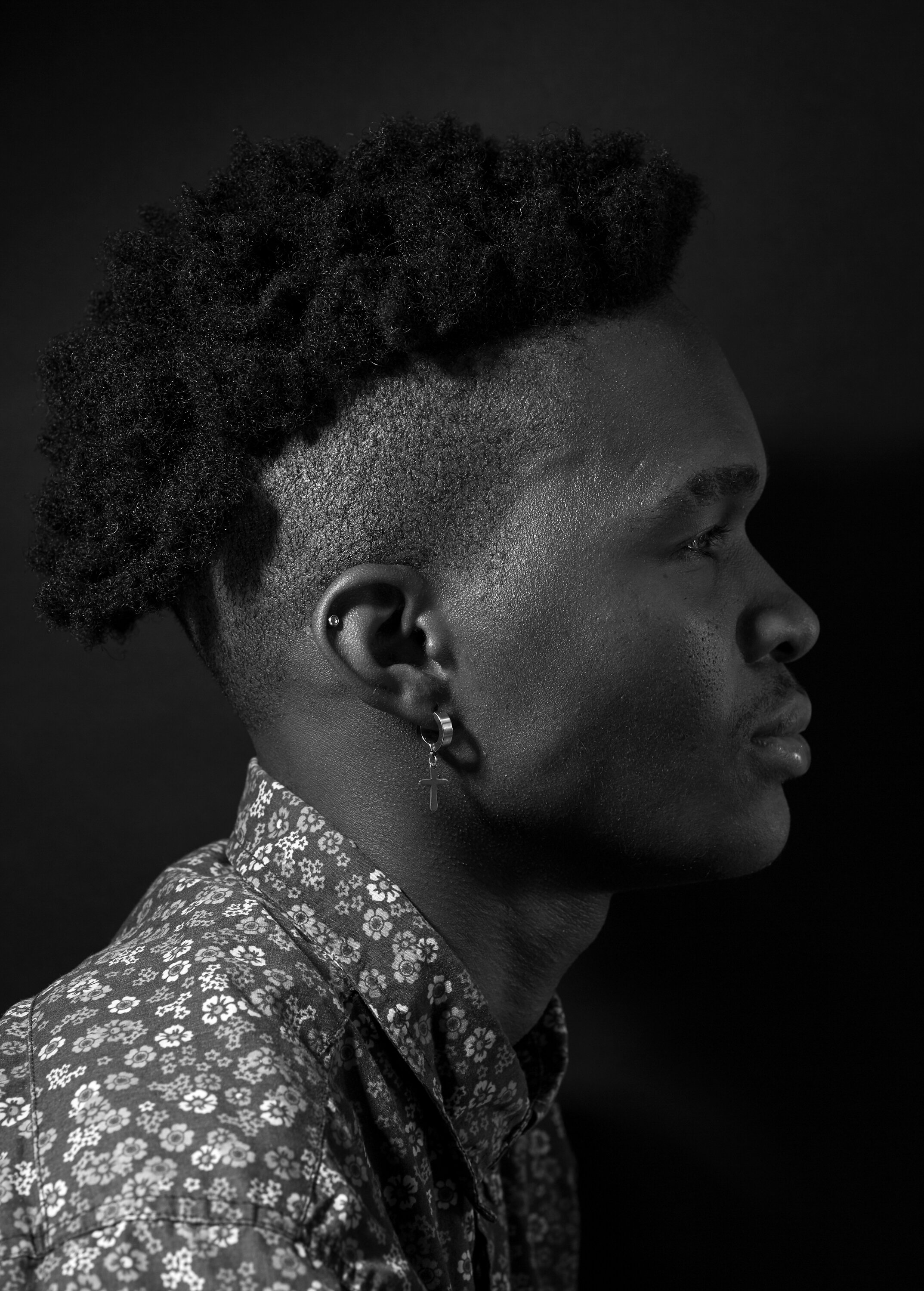
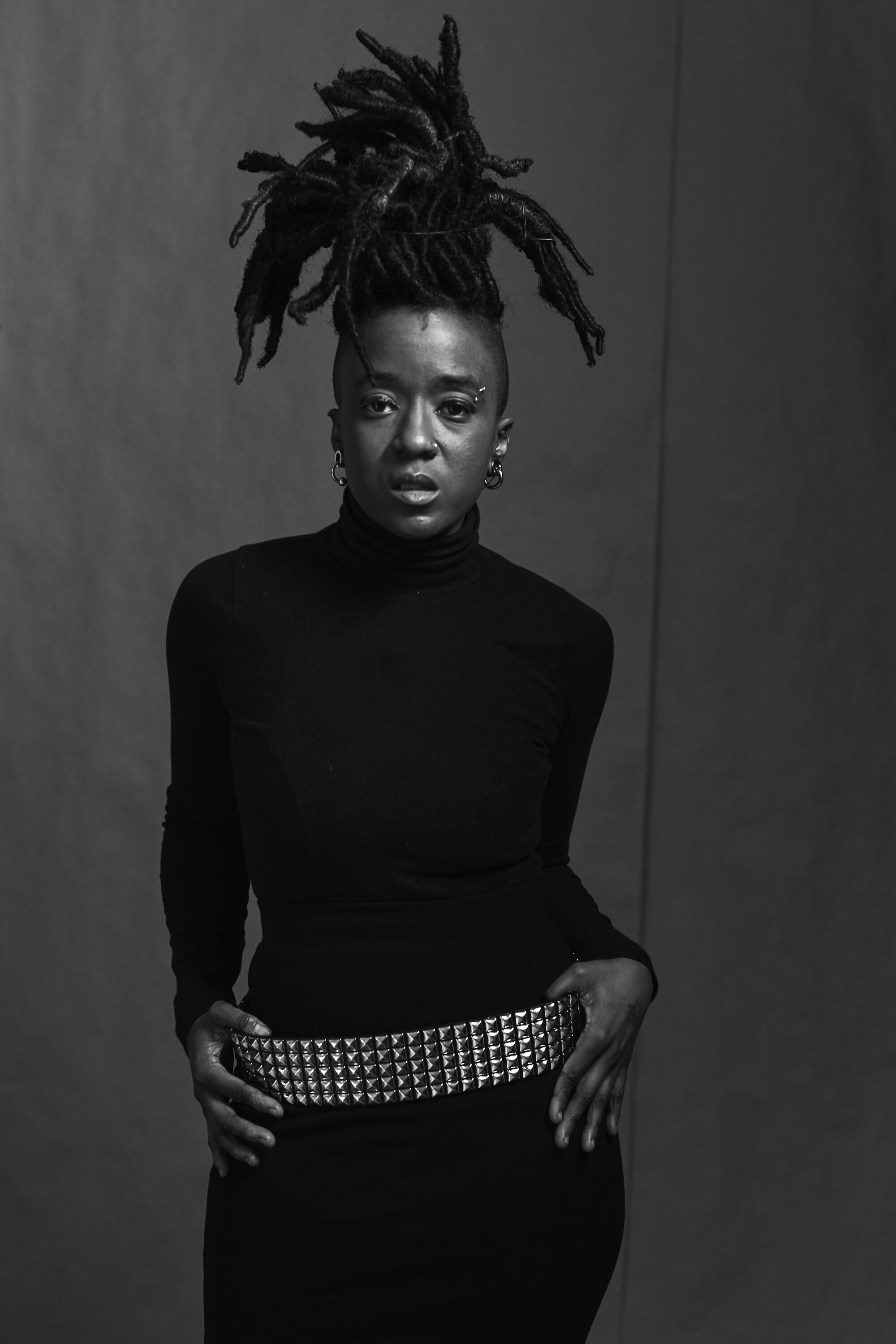
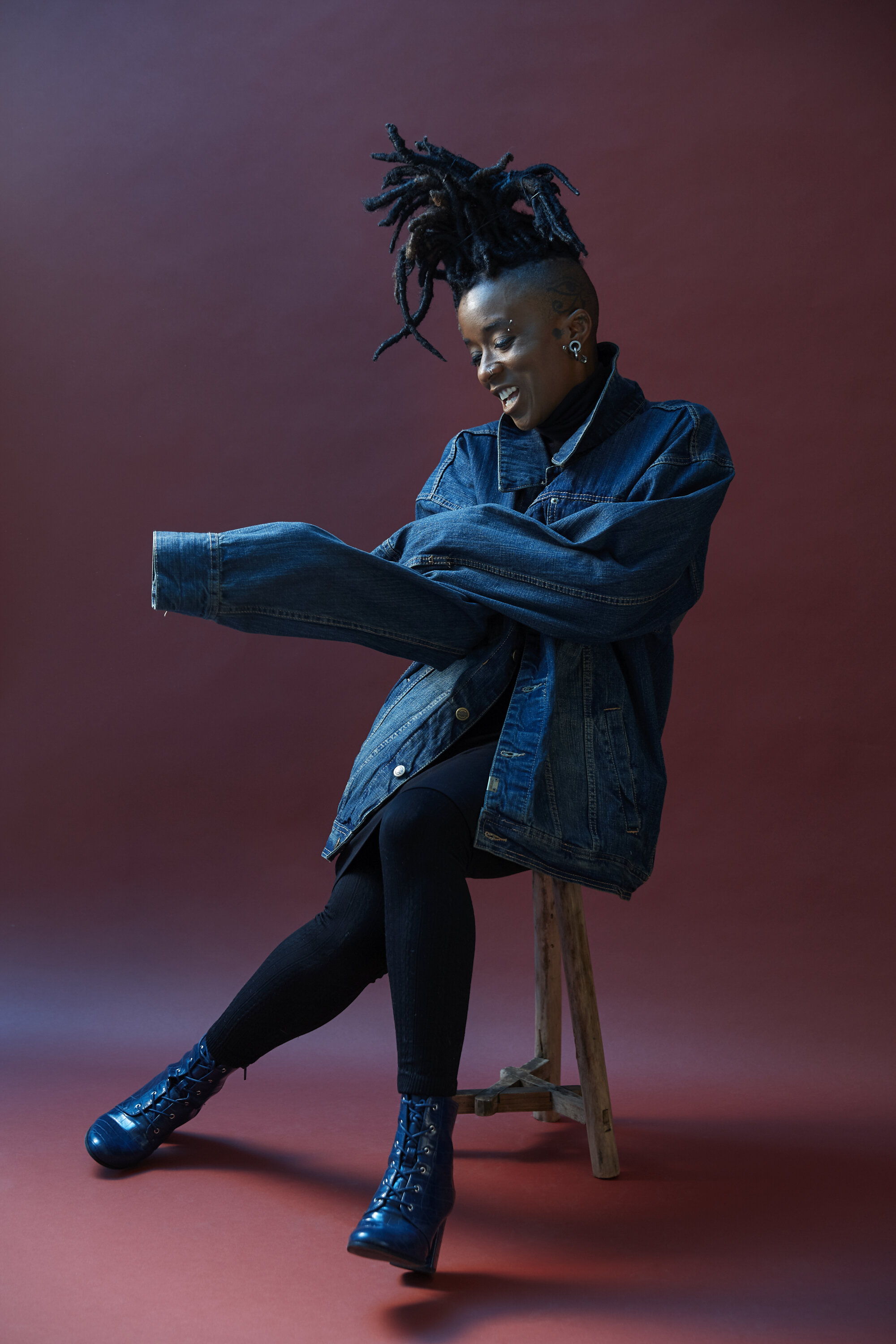
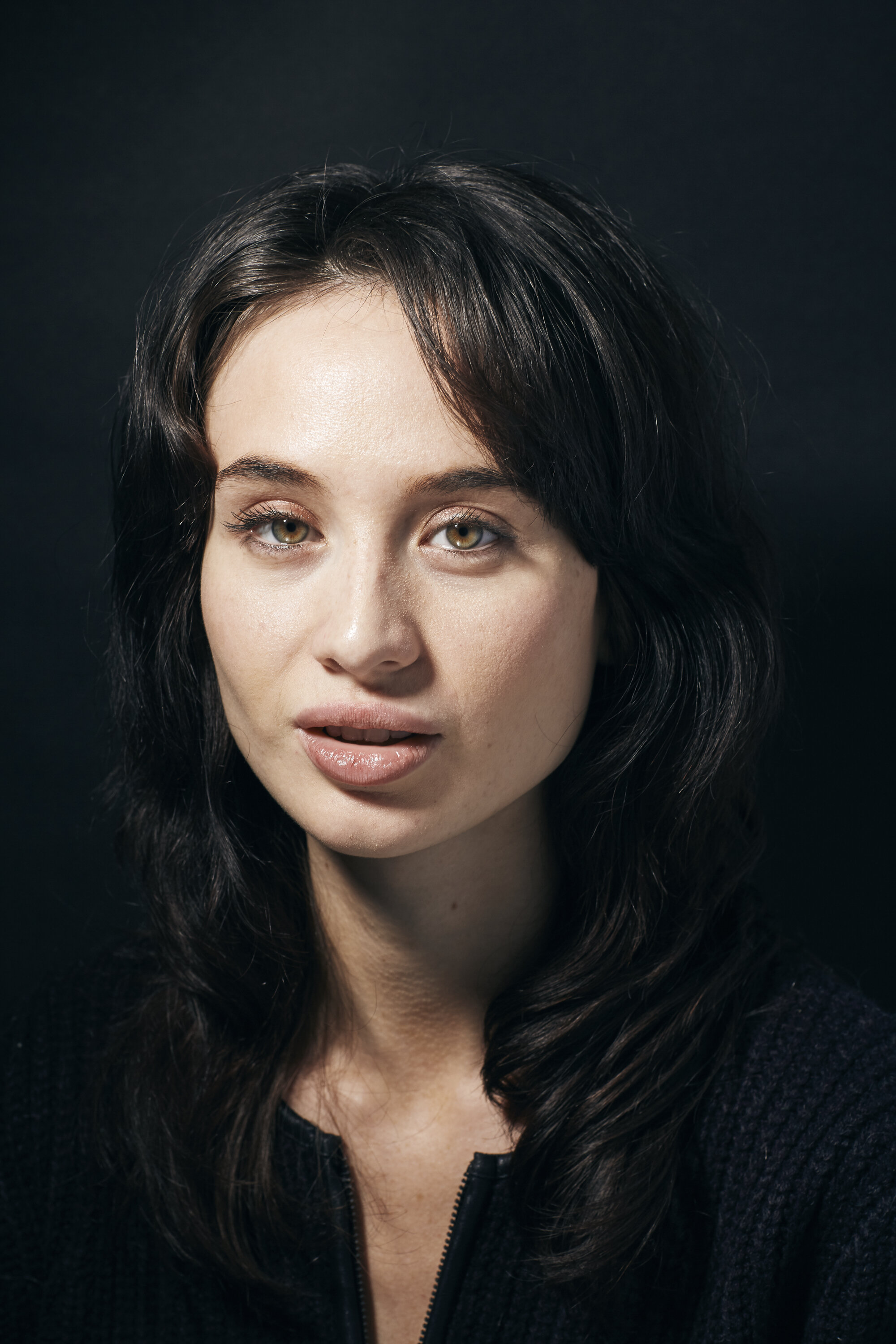
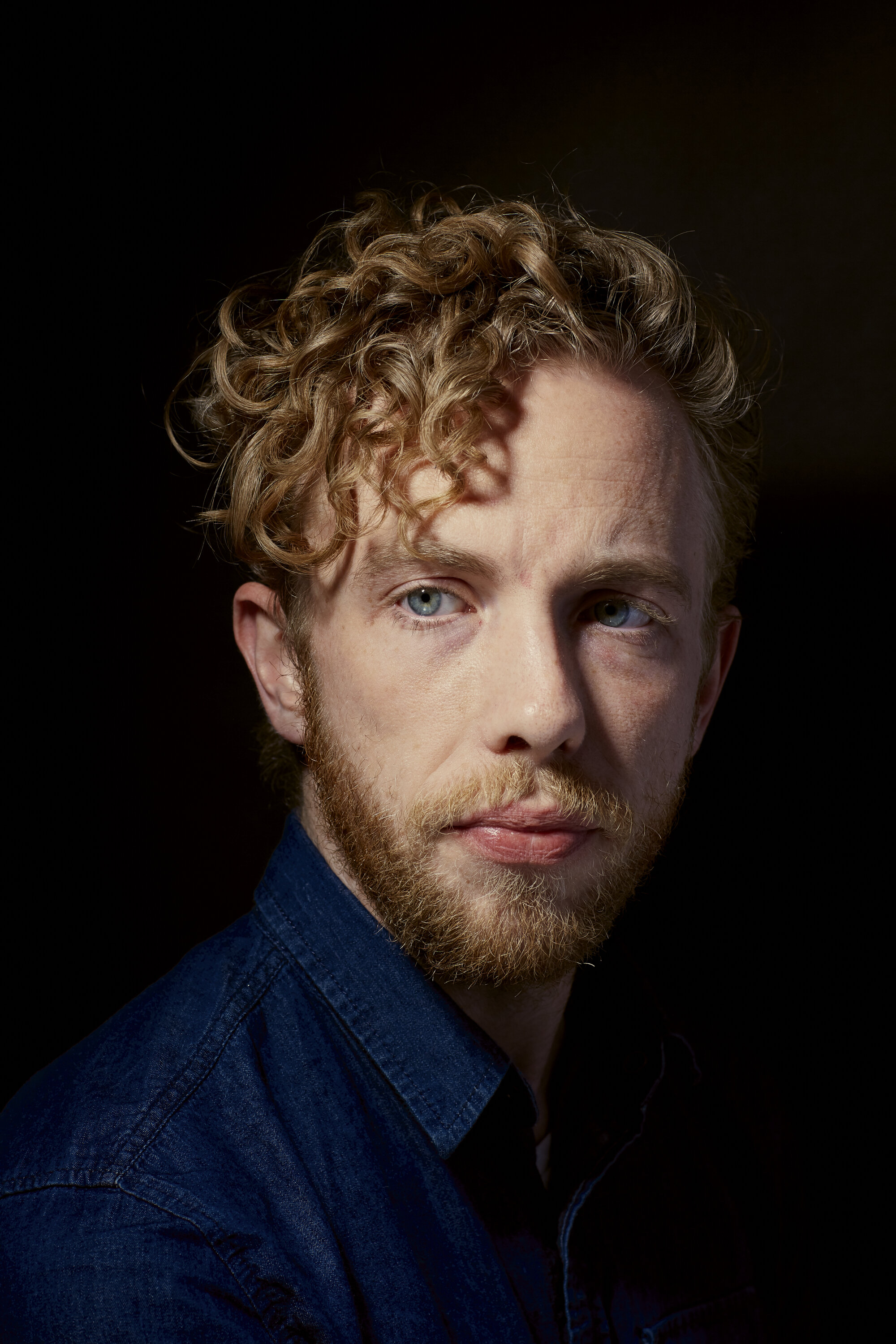
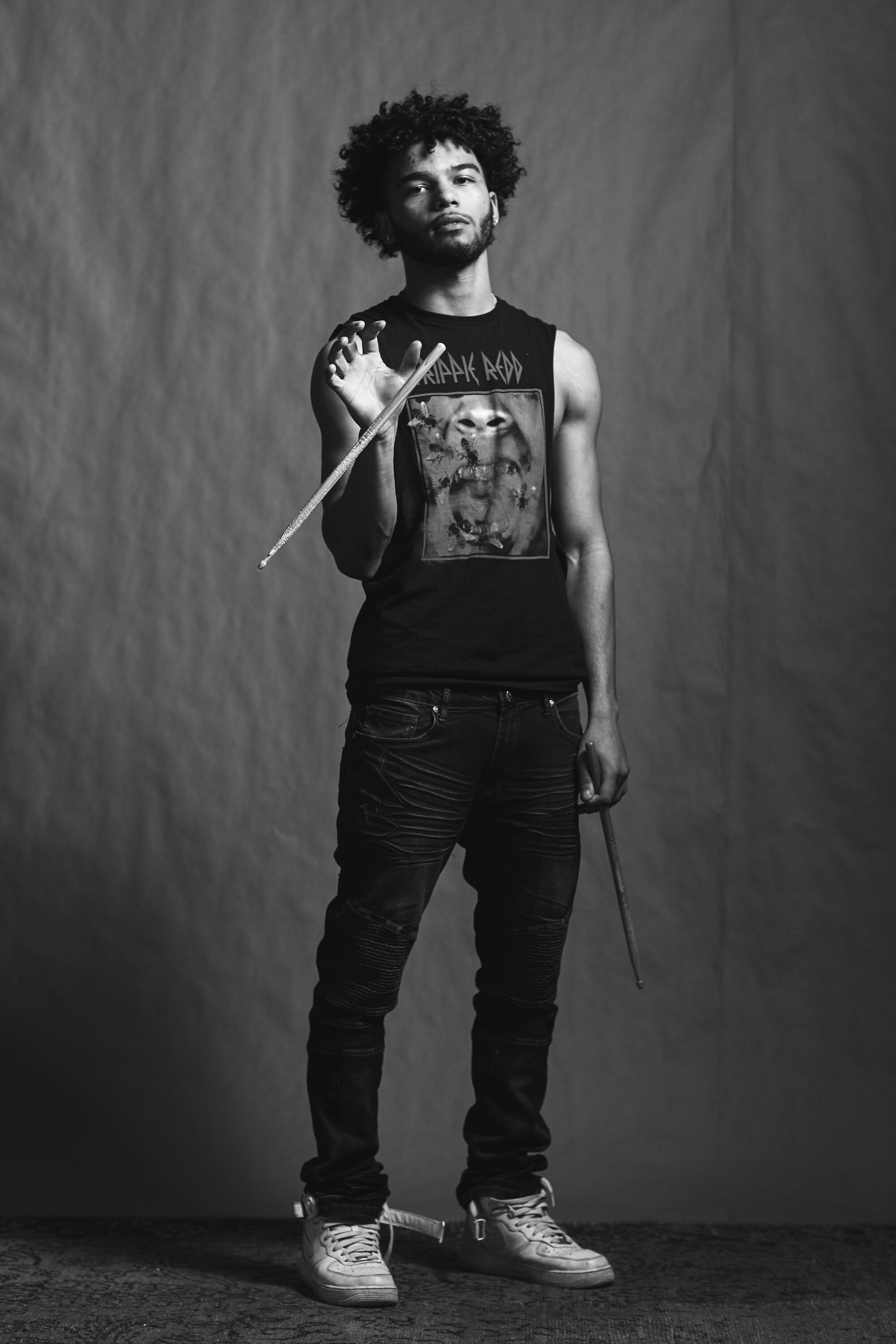
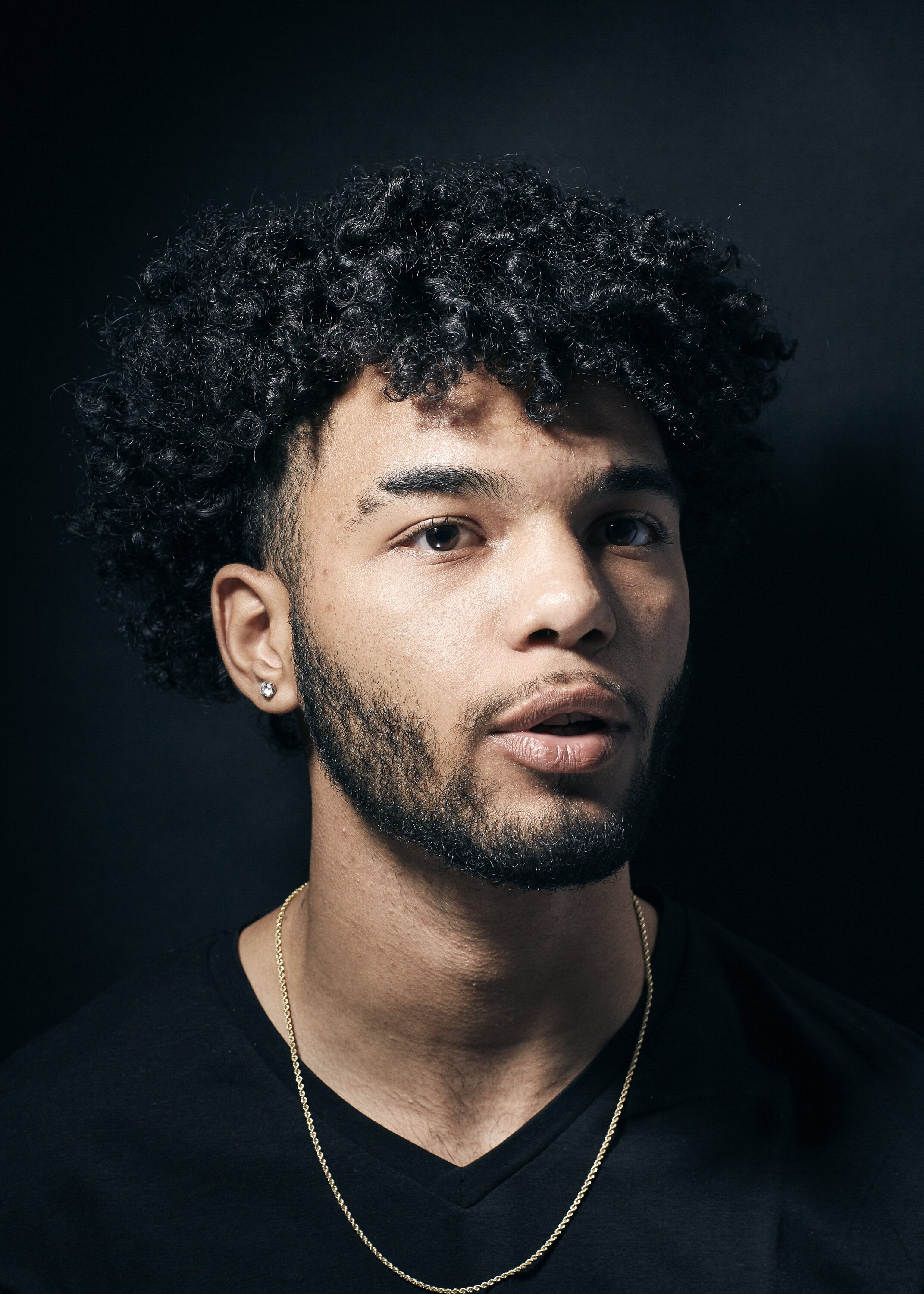
SPD: How is the process different between video and still photography, and how do you plan a shoot when doing both?
SD: With both moving and still images, I think a lot about lighting — be it daylight or artificial — lens choice and aperture. With video, I also have to think about shot sequencing, details and b-roll, and sound. Good sound can make a piece genius and add another layer of experience for the viewer, bad sound can ruin a video completely. If I’m asked to do both stills and video for a shoot, I’ll do as much pre-pro as possible to make sure my team is ready to smoothly transition from stills to video or vice versa with the least amount of down time for the talent. My to-do list is generally: arrive early, get extra time to set up if possible, plan carefully — and be prepared to scrap all of those plans and respond in the moment if required.
SPD: Do you edit the video and sound yourself? If so, how do you switch your creative brain from one expertise to another?
SD: Nope. I have opinions about sequencing, sound, music and color grading, but I am not fluent in the software. Luckily my amazing first assistant/studio manager’s (#monicavolpacchio) sister is an equally amazing editor, Valerie Volpacchio. She’s edited several of the pieces on my website. The Volpacchios rock.
SPD: What's your favorite part about being a photographer?
SD: Photography has been my passport to some incredible worlds over the years. I photographed several commissions for the Canadian Red Cross that took me across Canada and, the next year, to Haiti. I walked across the Panama Canal. I’ve met and photographed some of my heroes. But the part that really makes my heart sing, that makes the uncertainty and frustration and heartbreak of being an artist worthwhile, are the times when everything and everyone on a shoot comes together just right and an image is created that I believe will last for the long term.
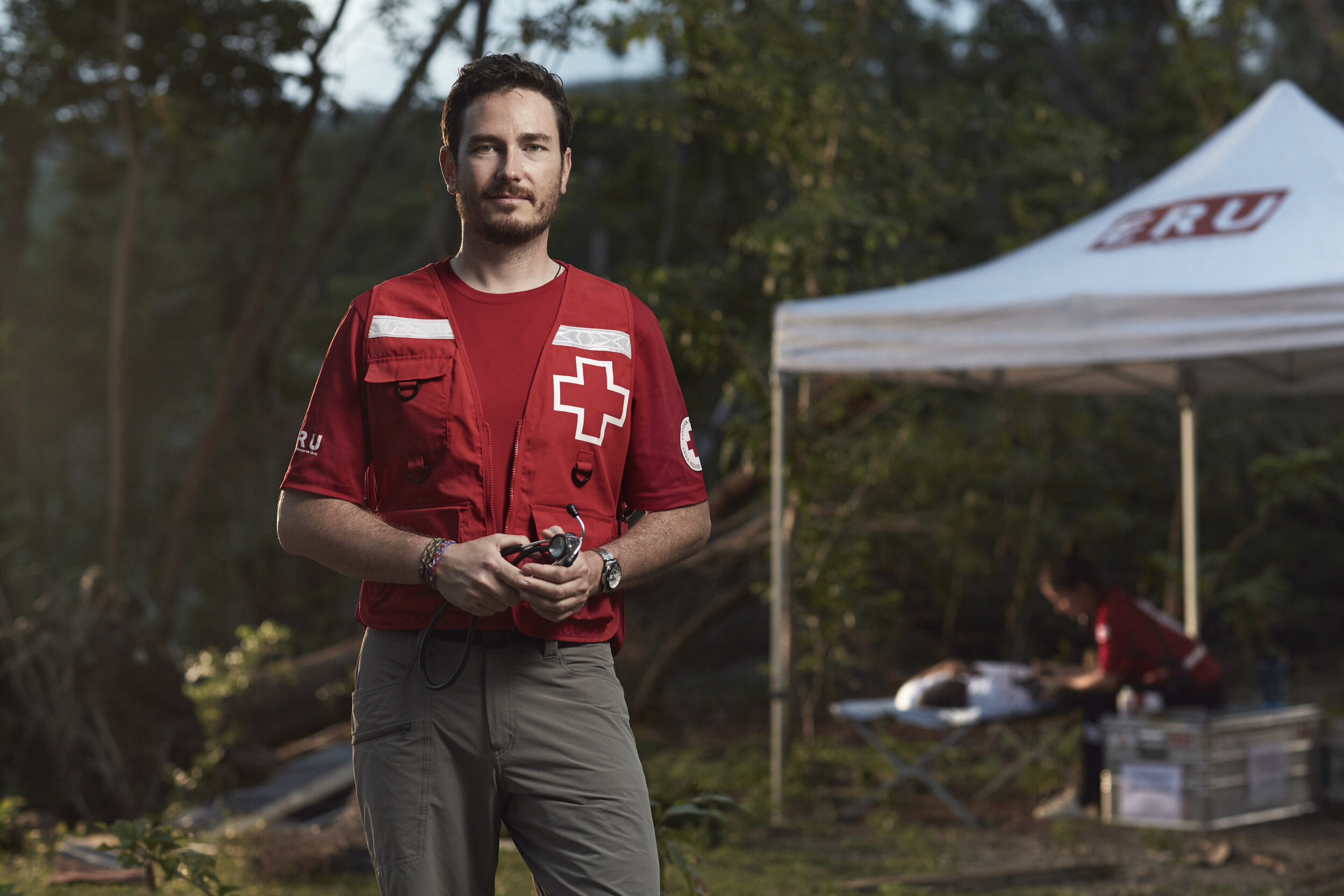
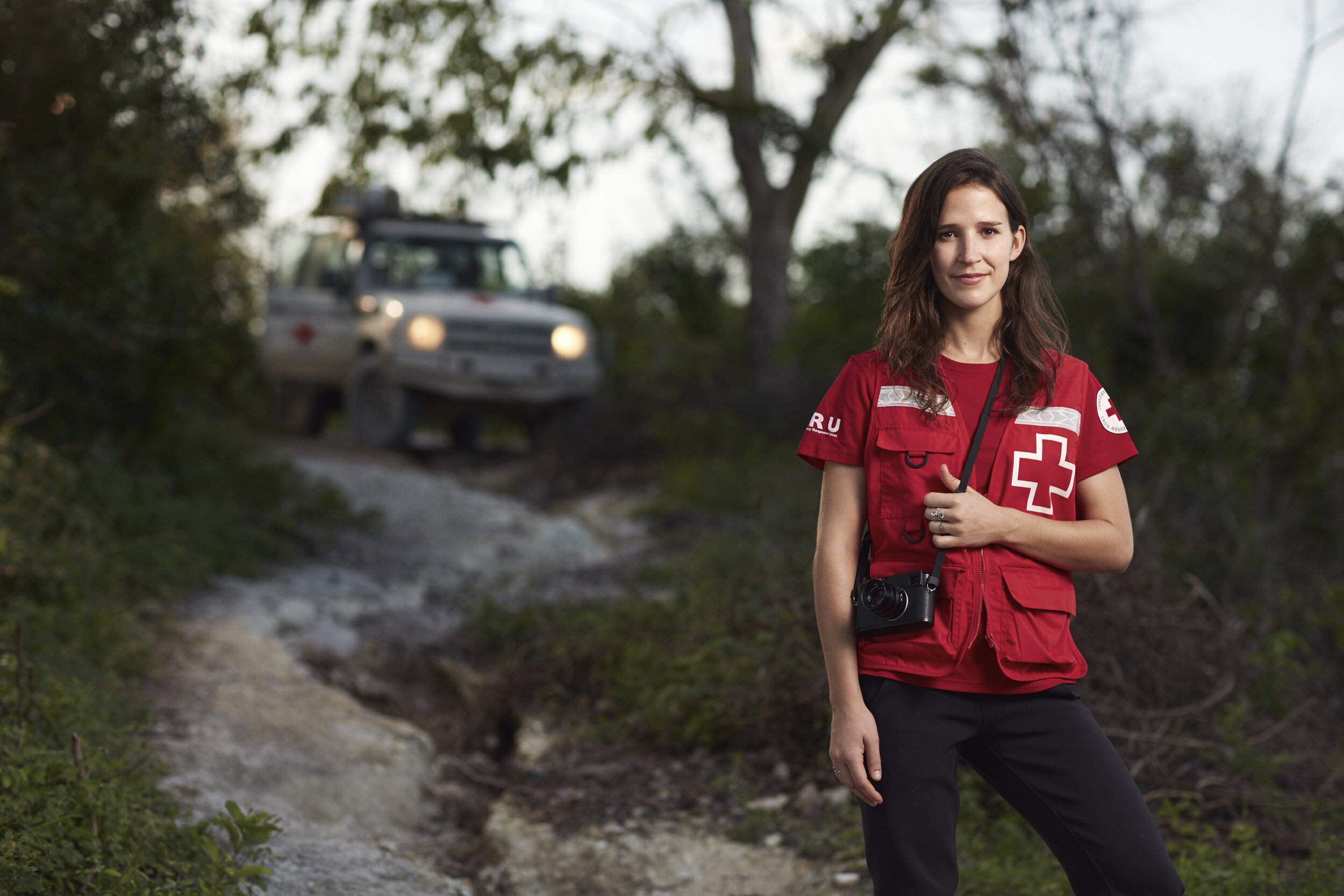
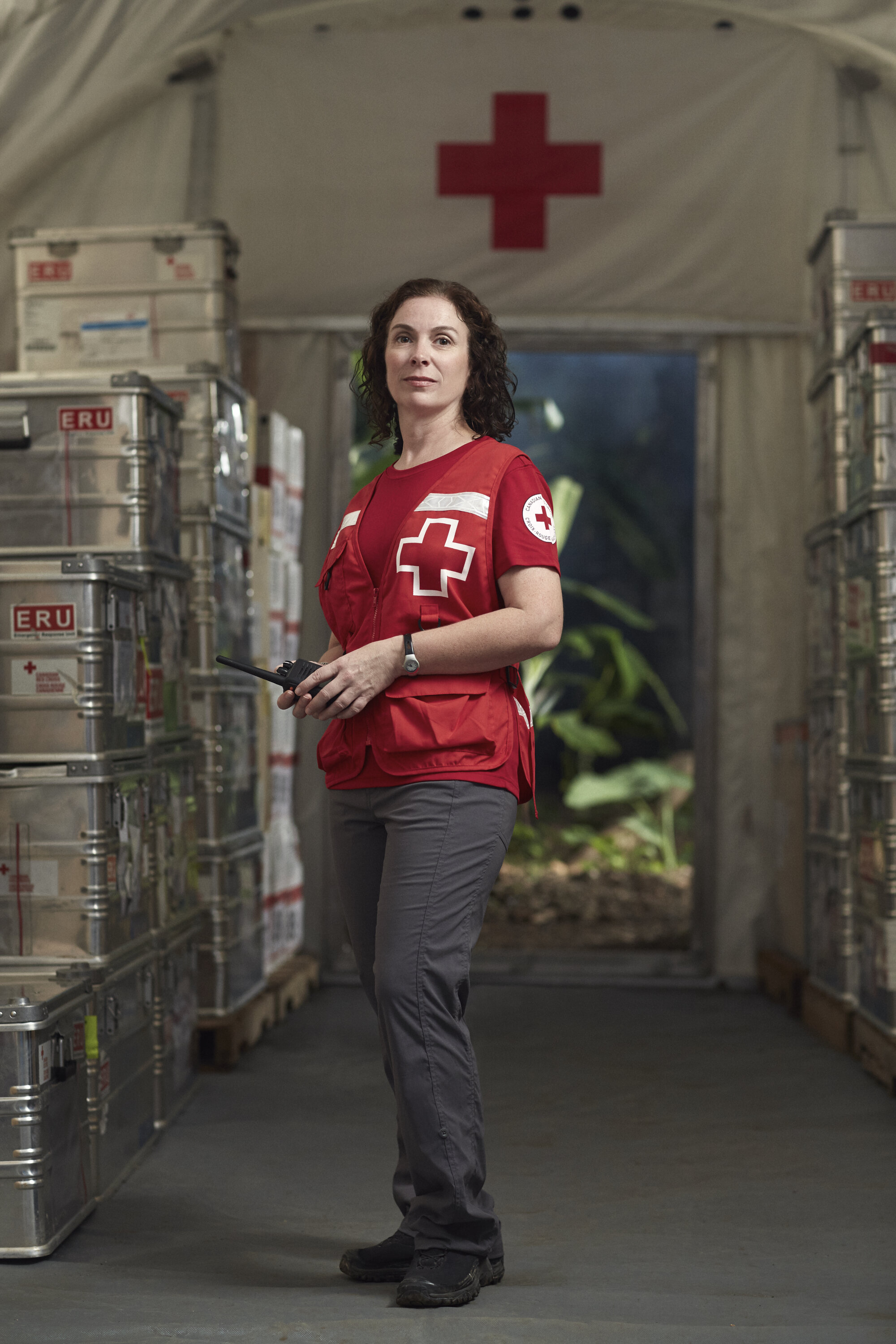
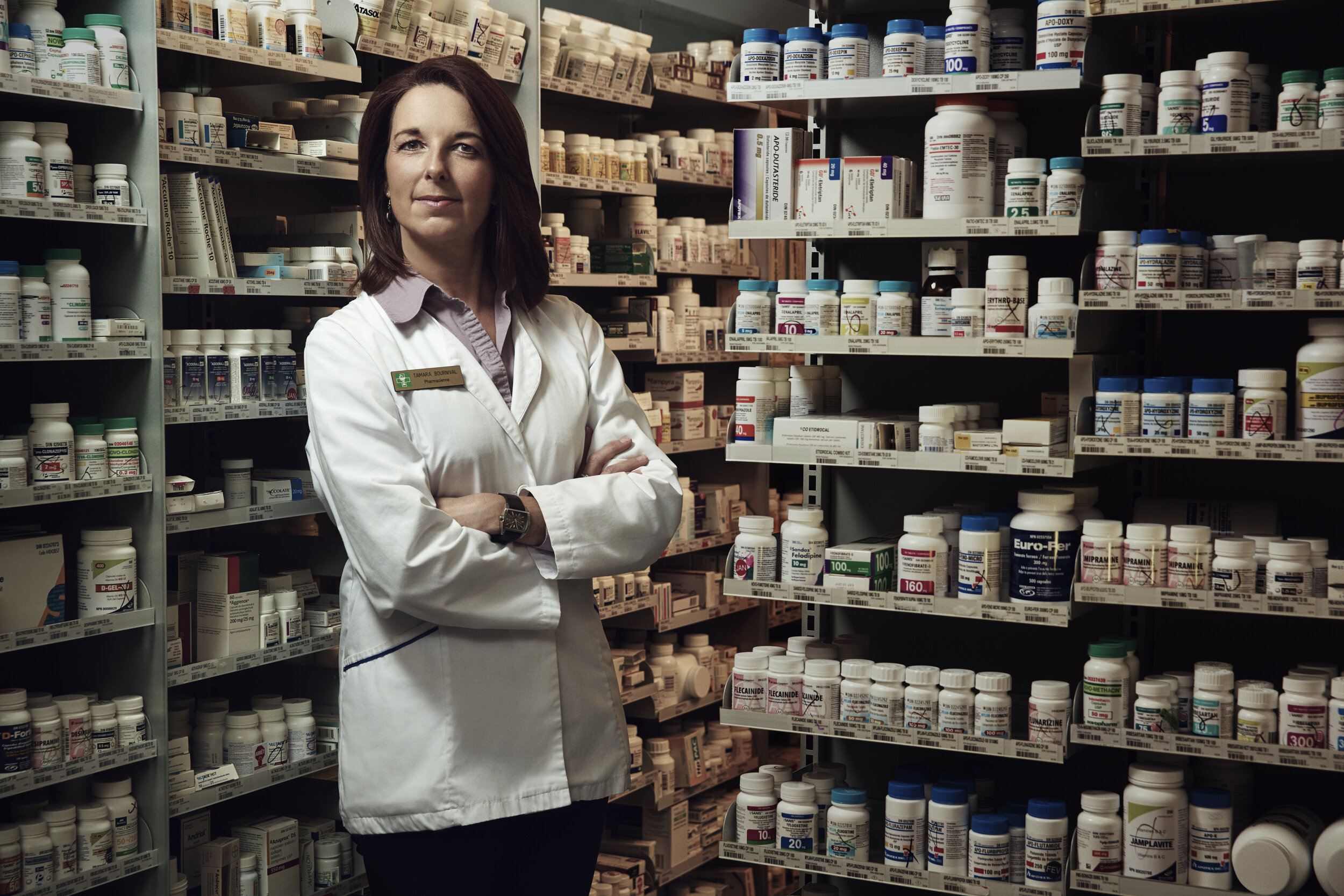
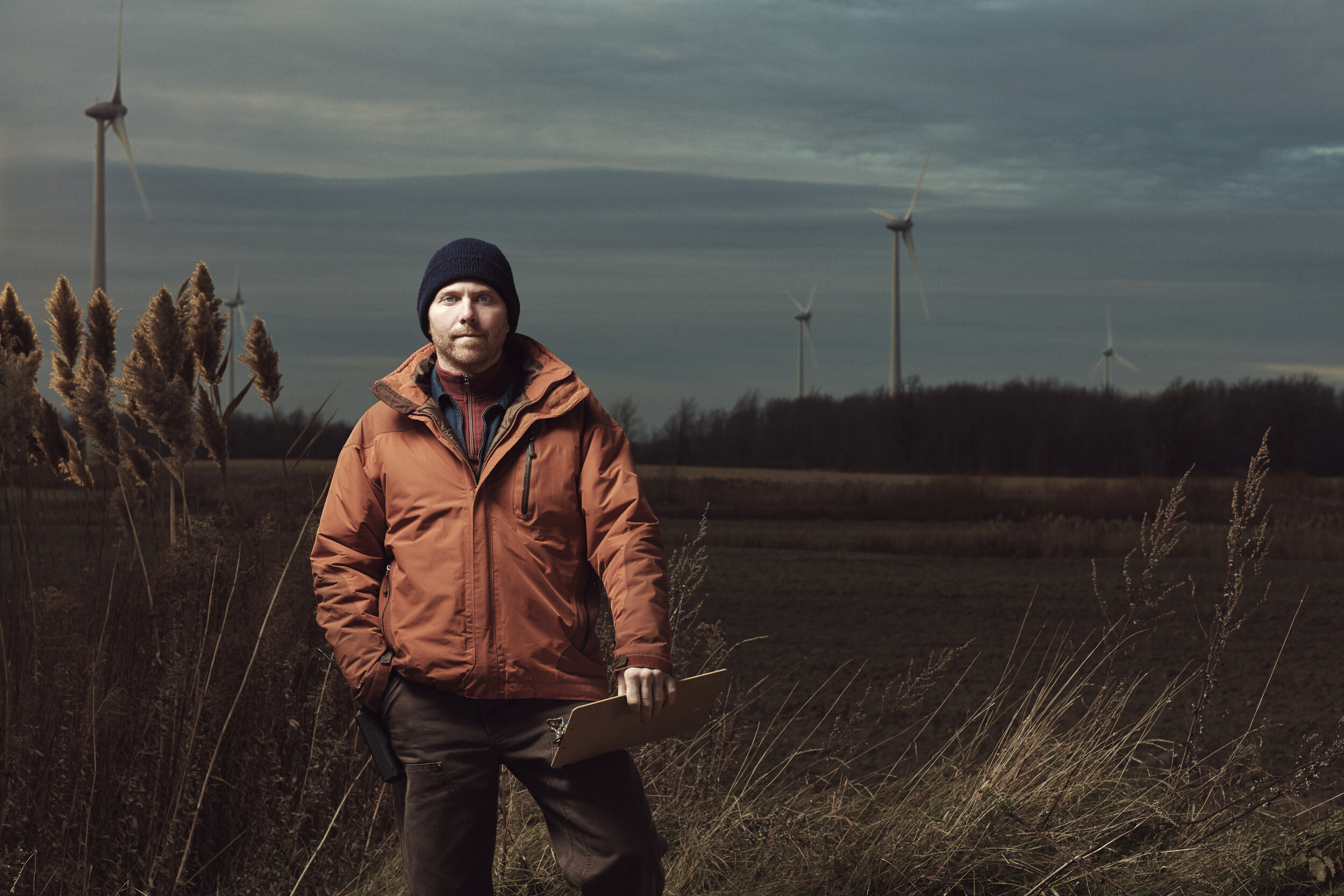
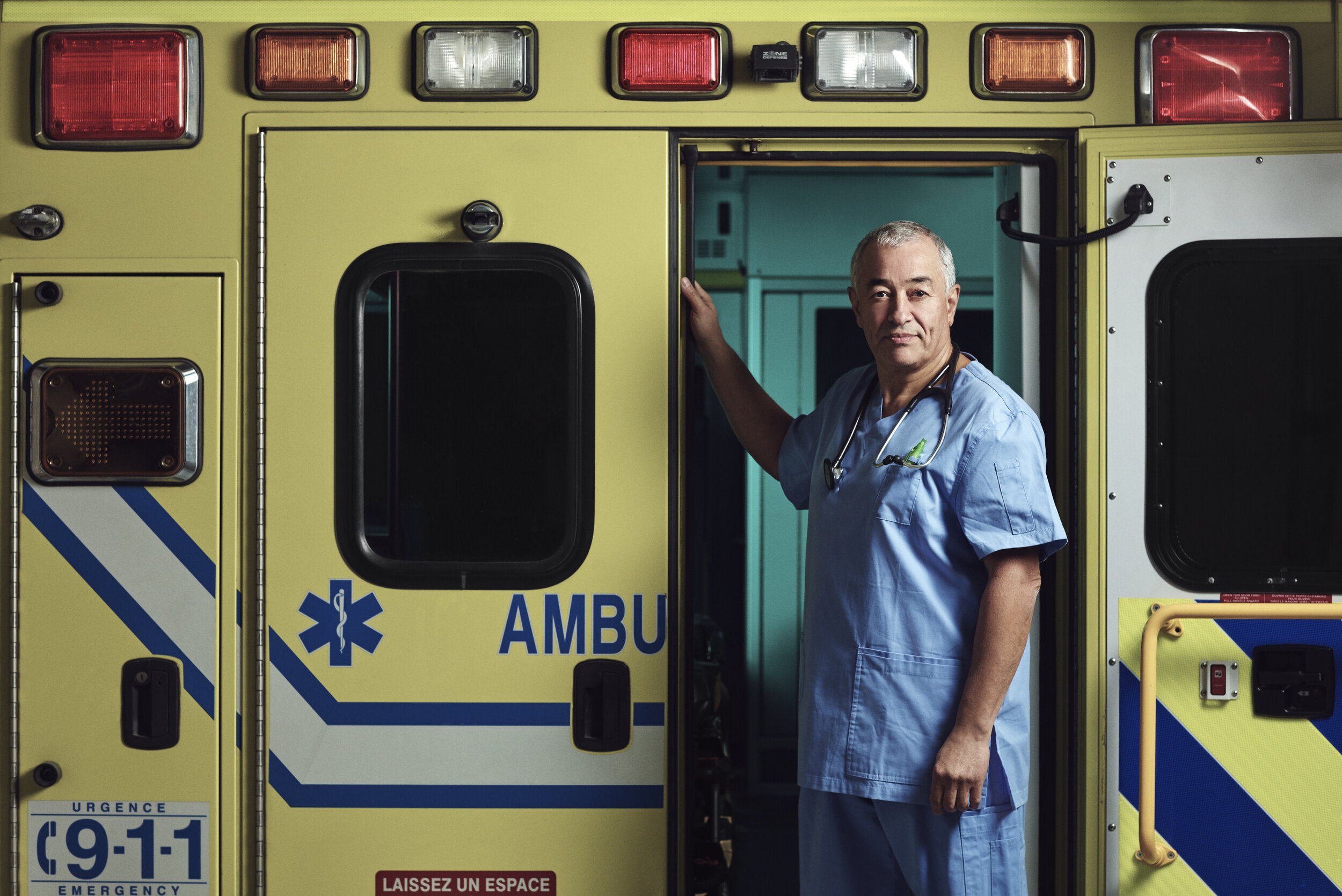
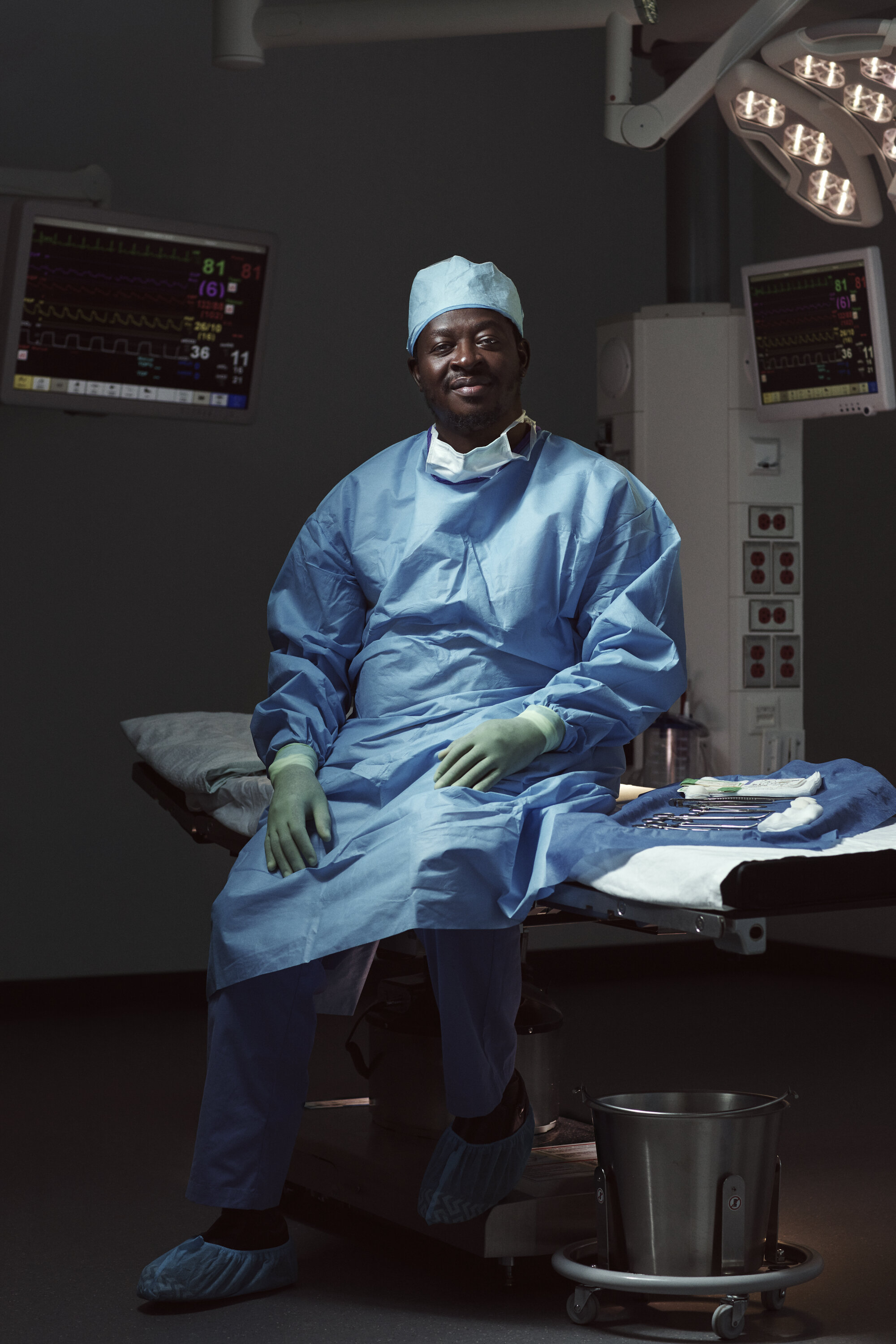
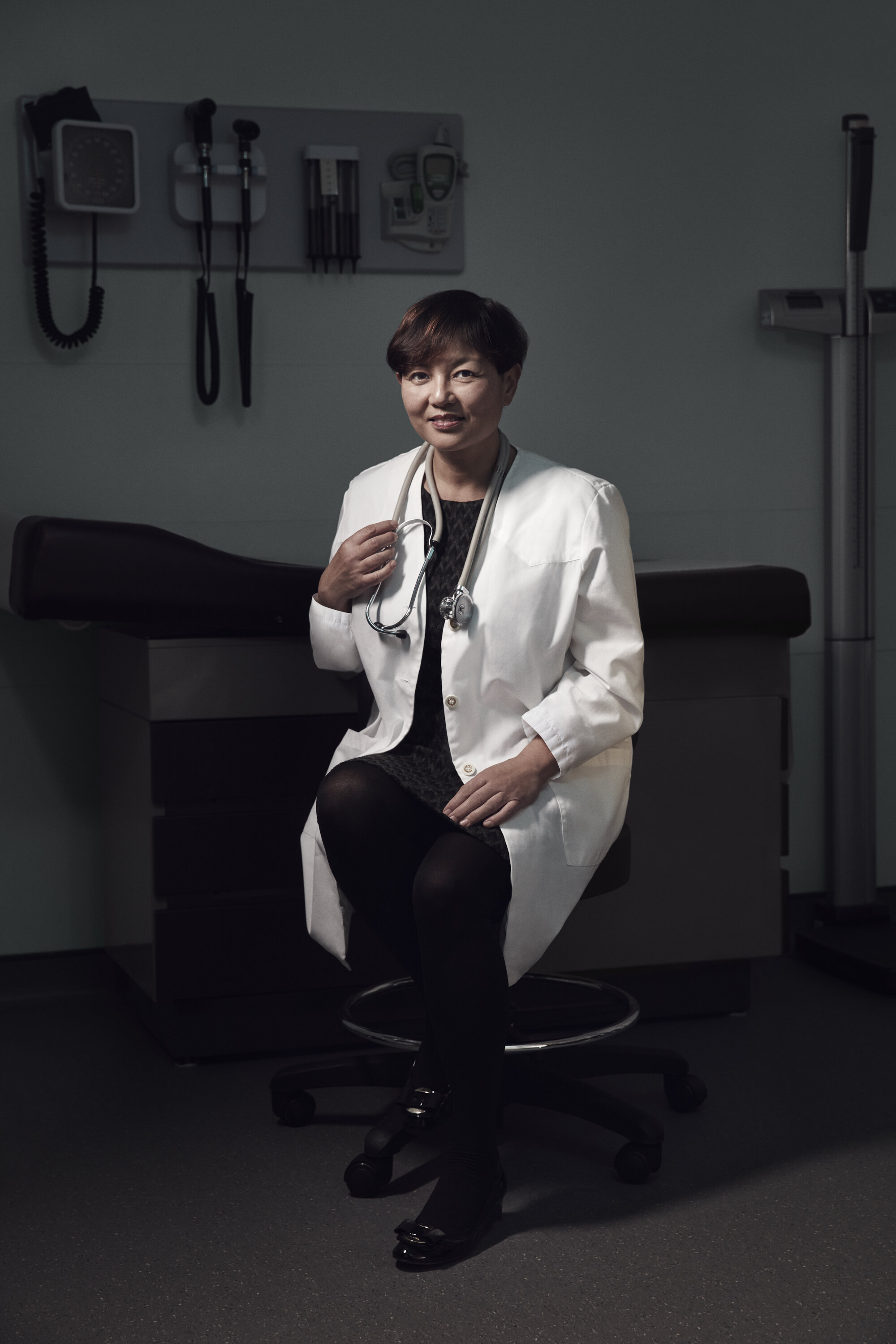
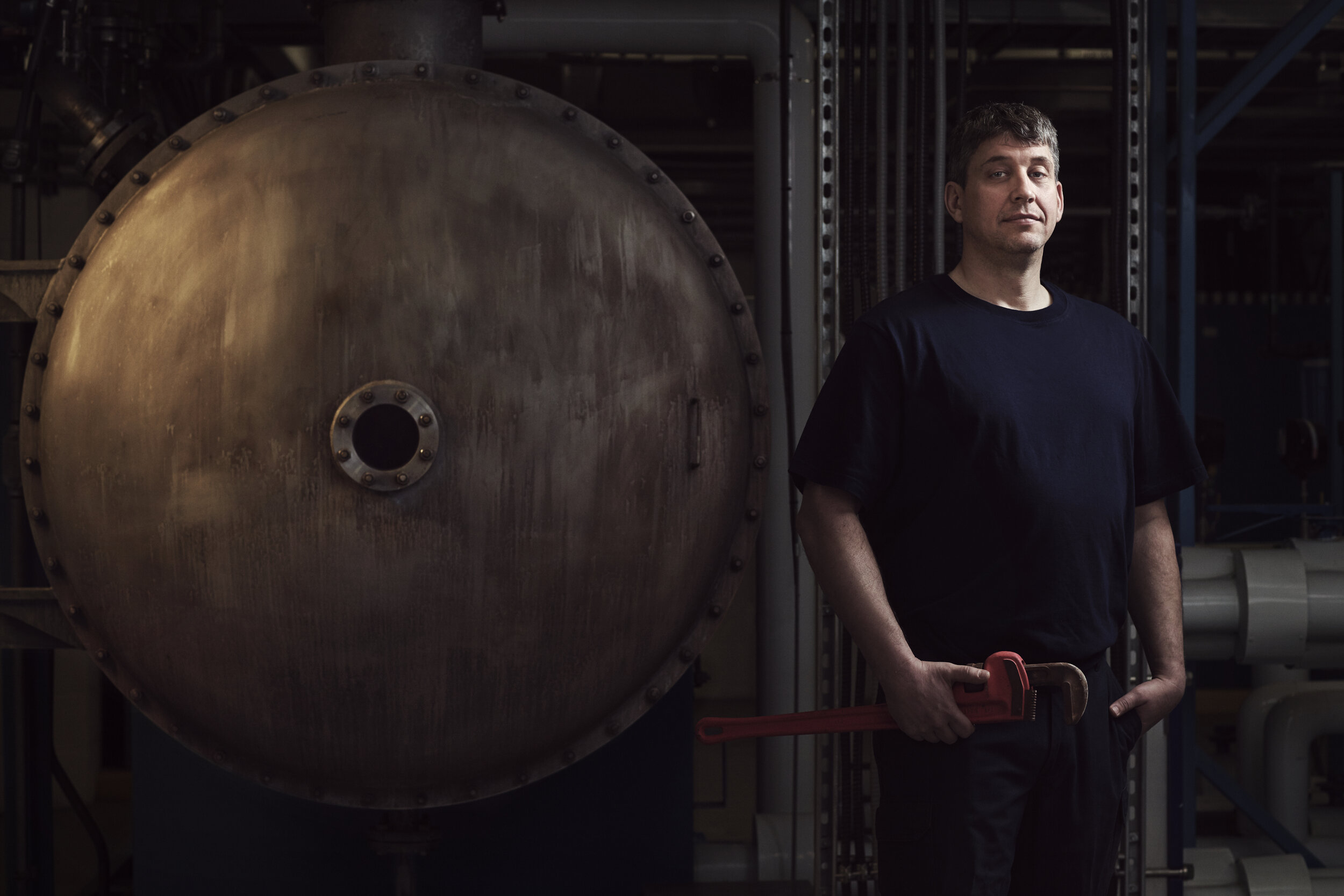
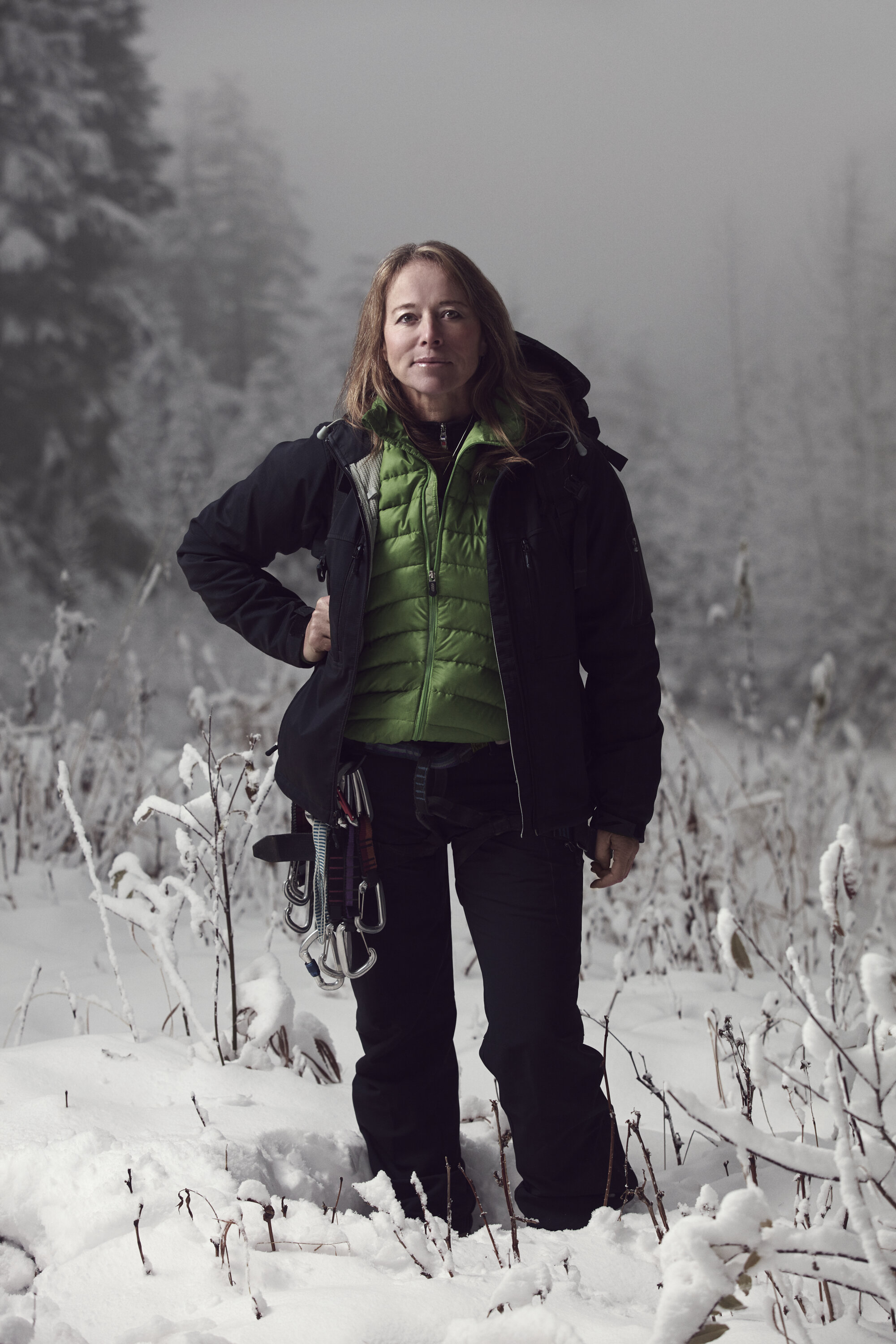
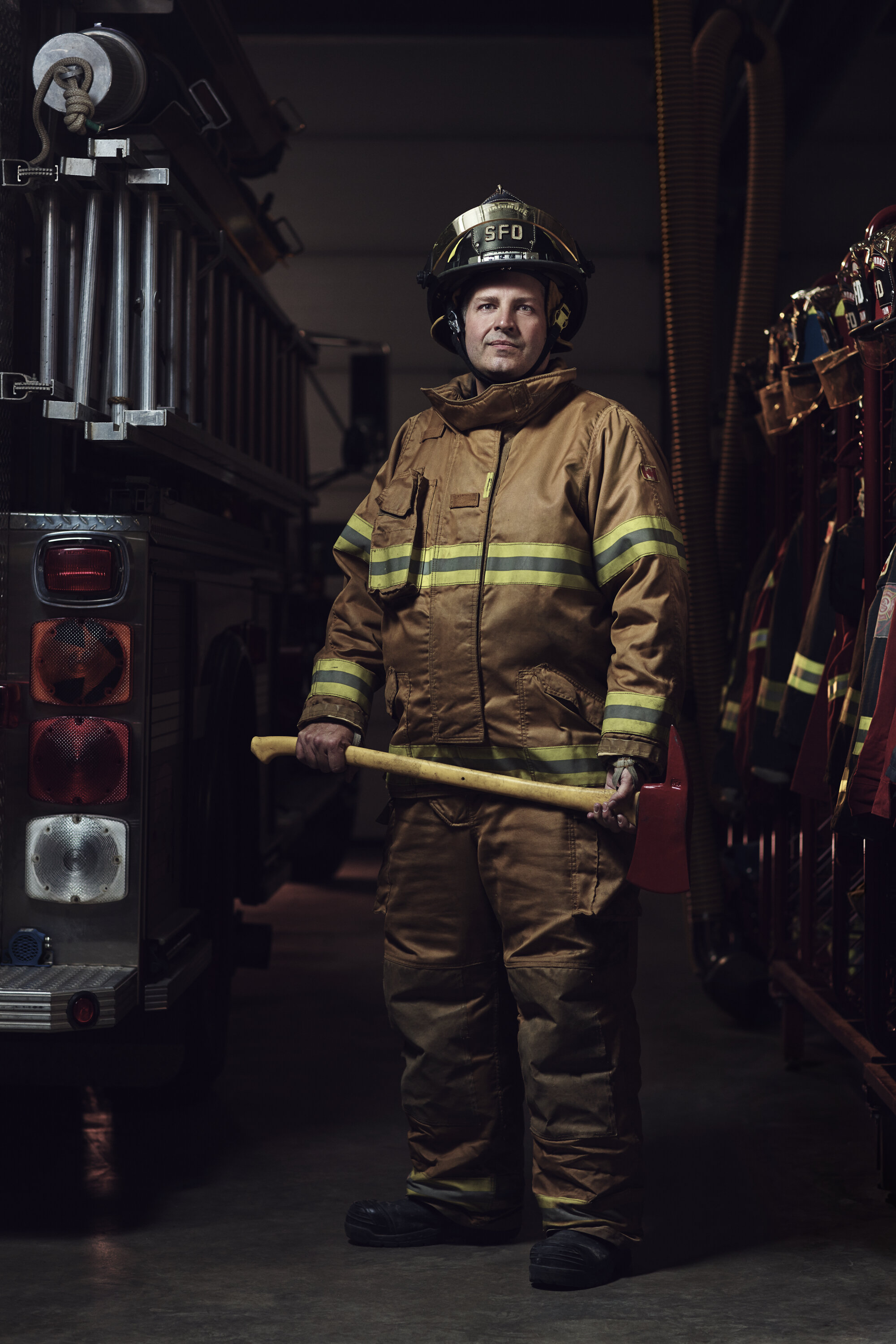

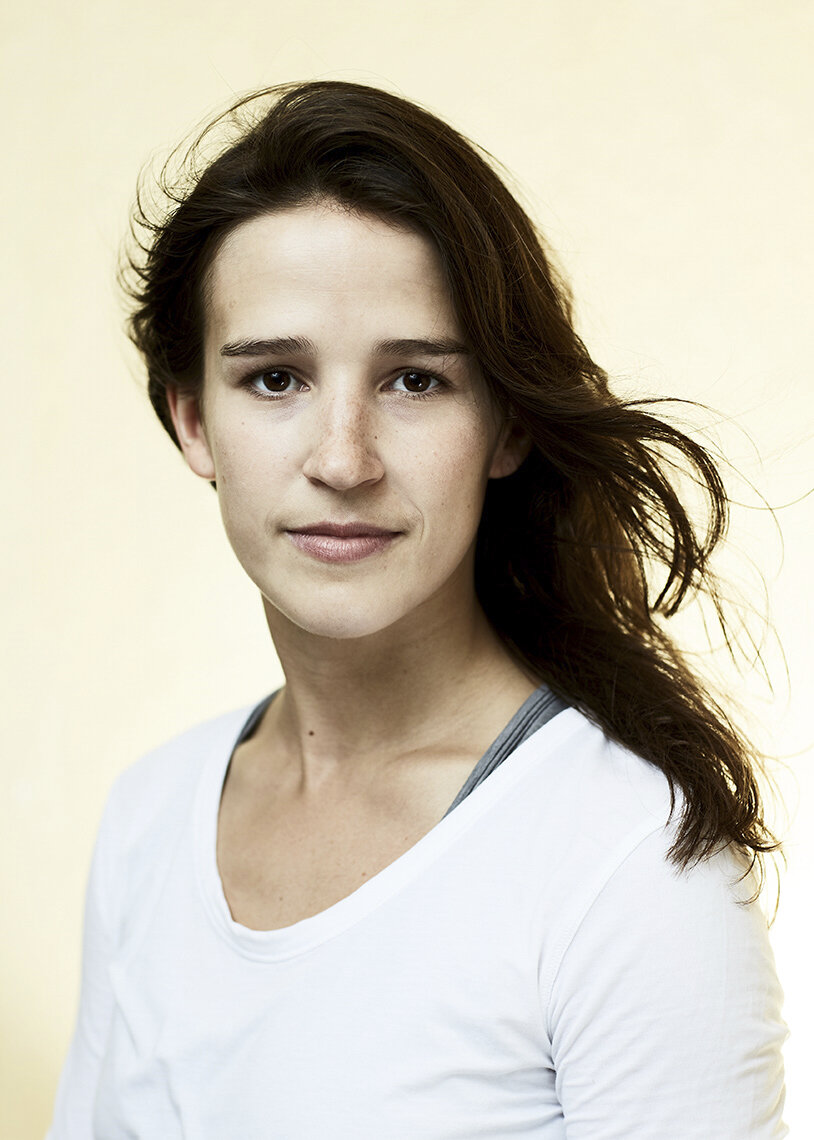
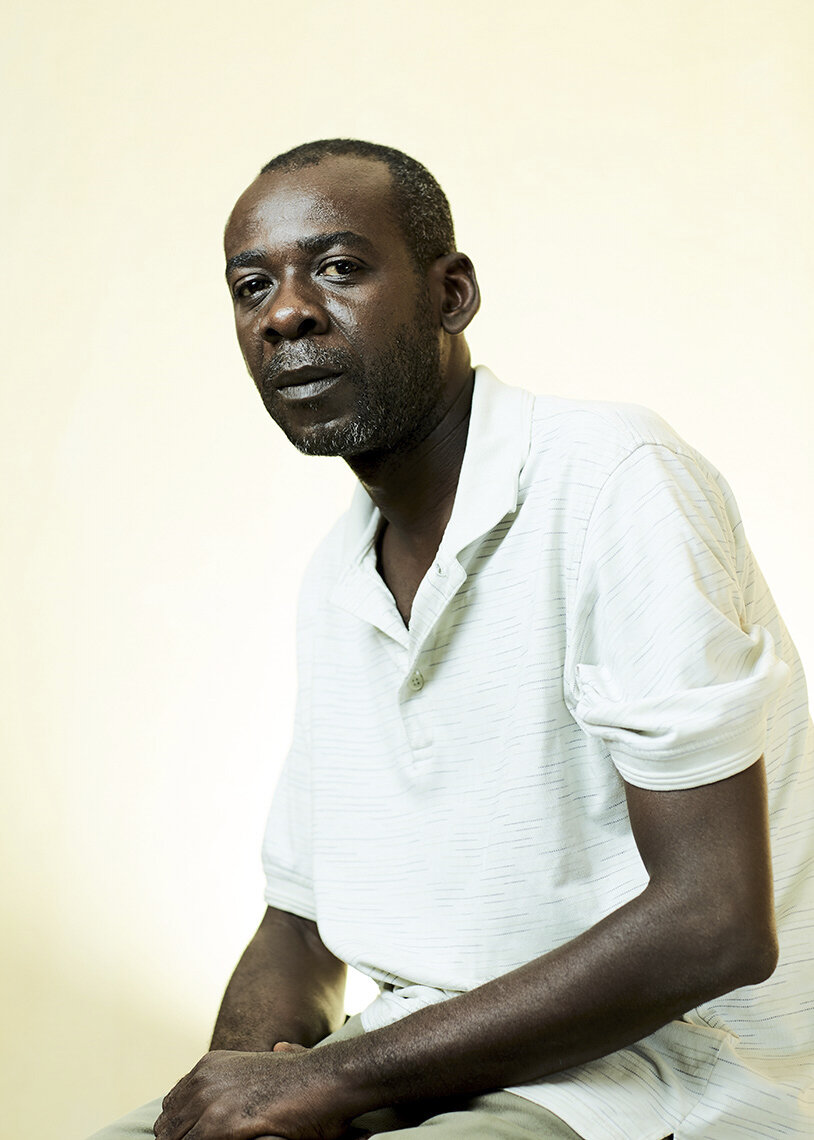
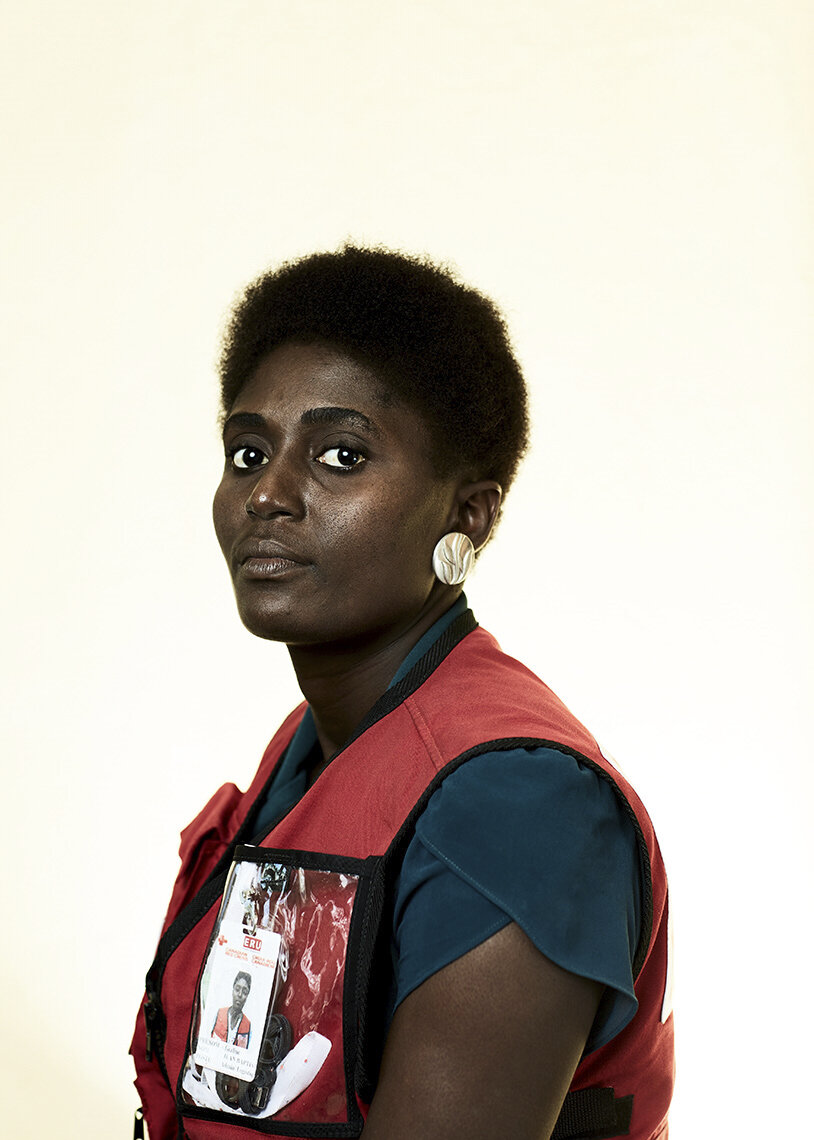
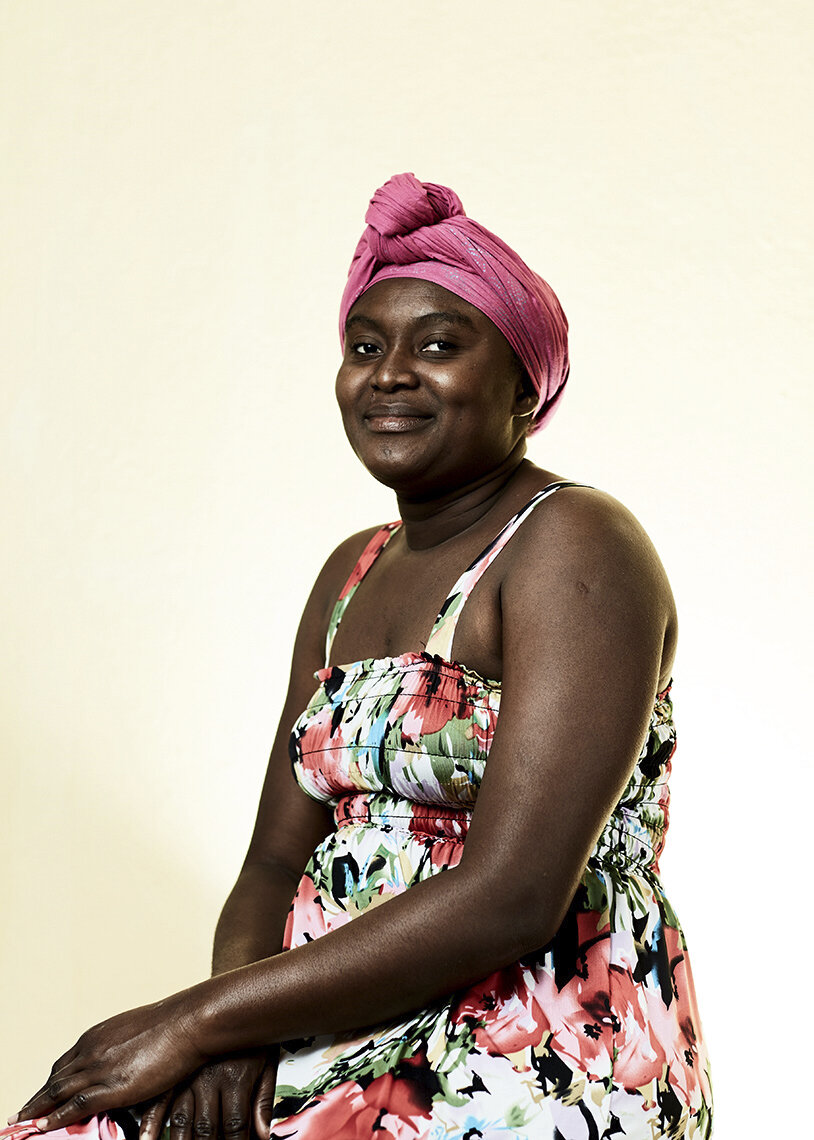
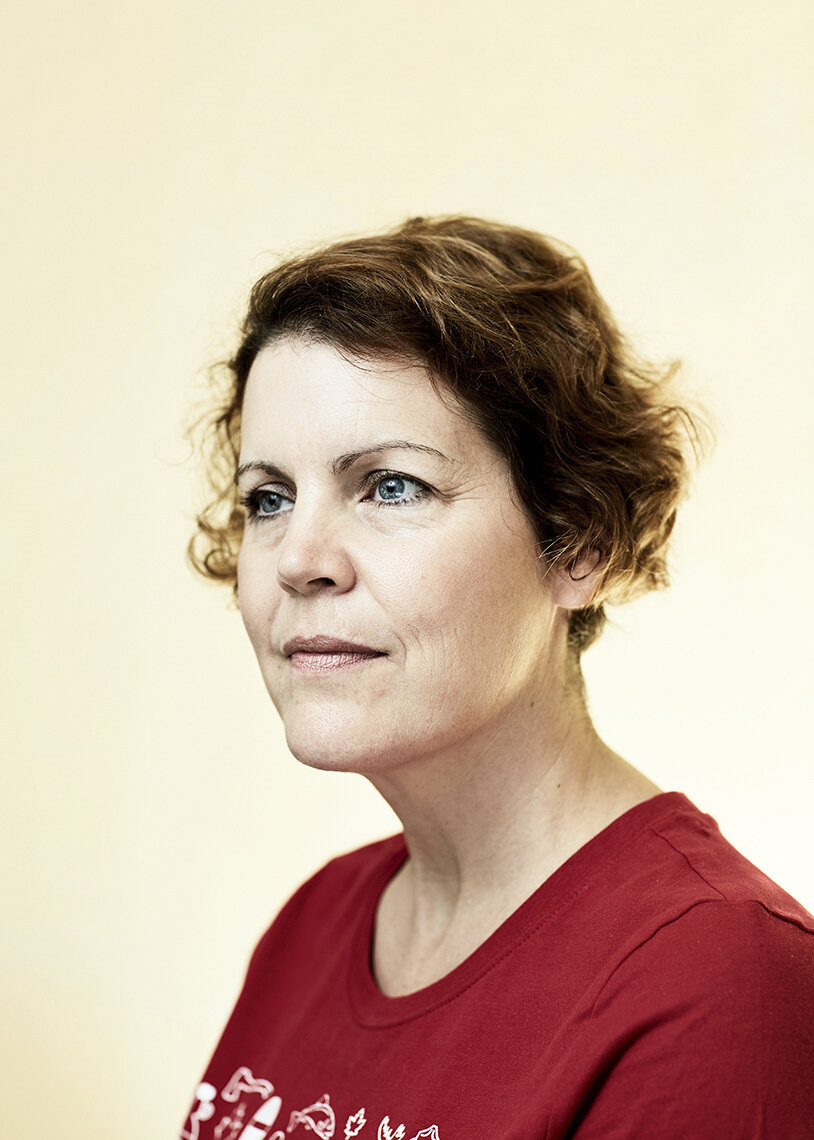
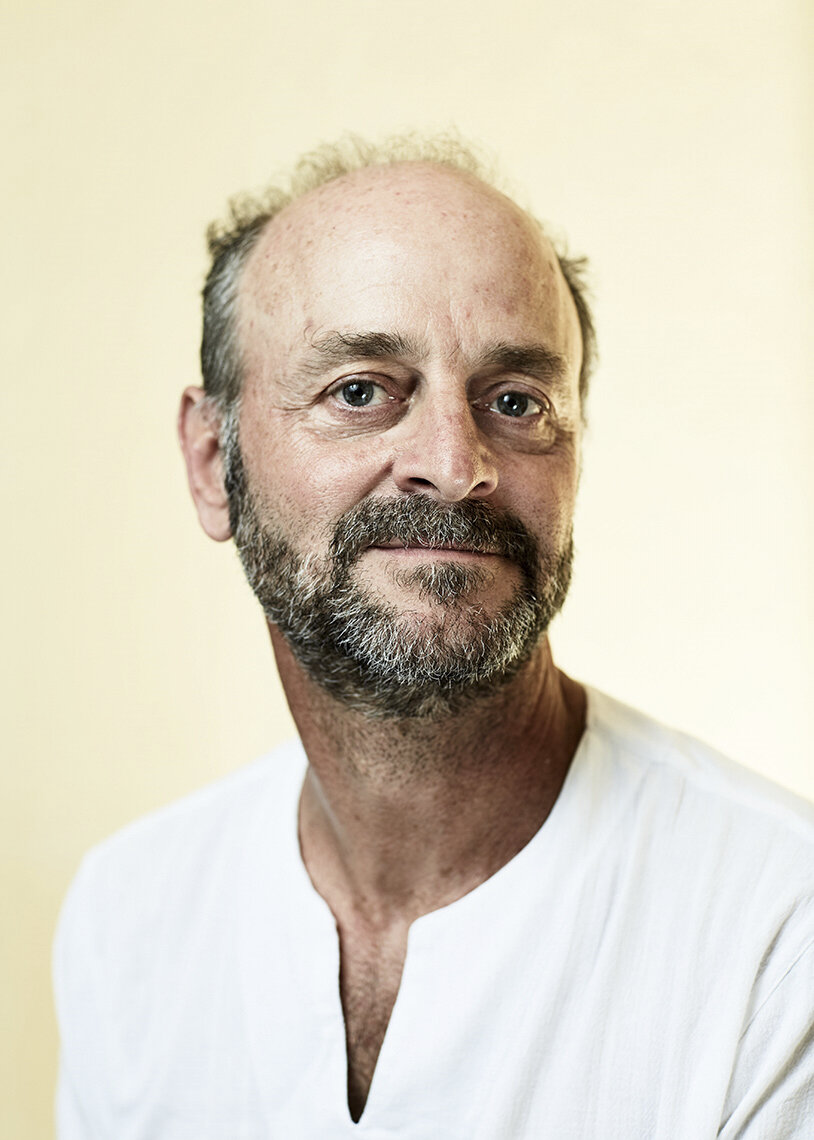
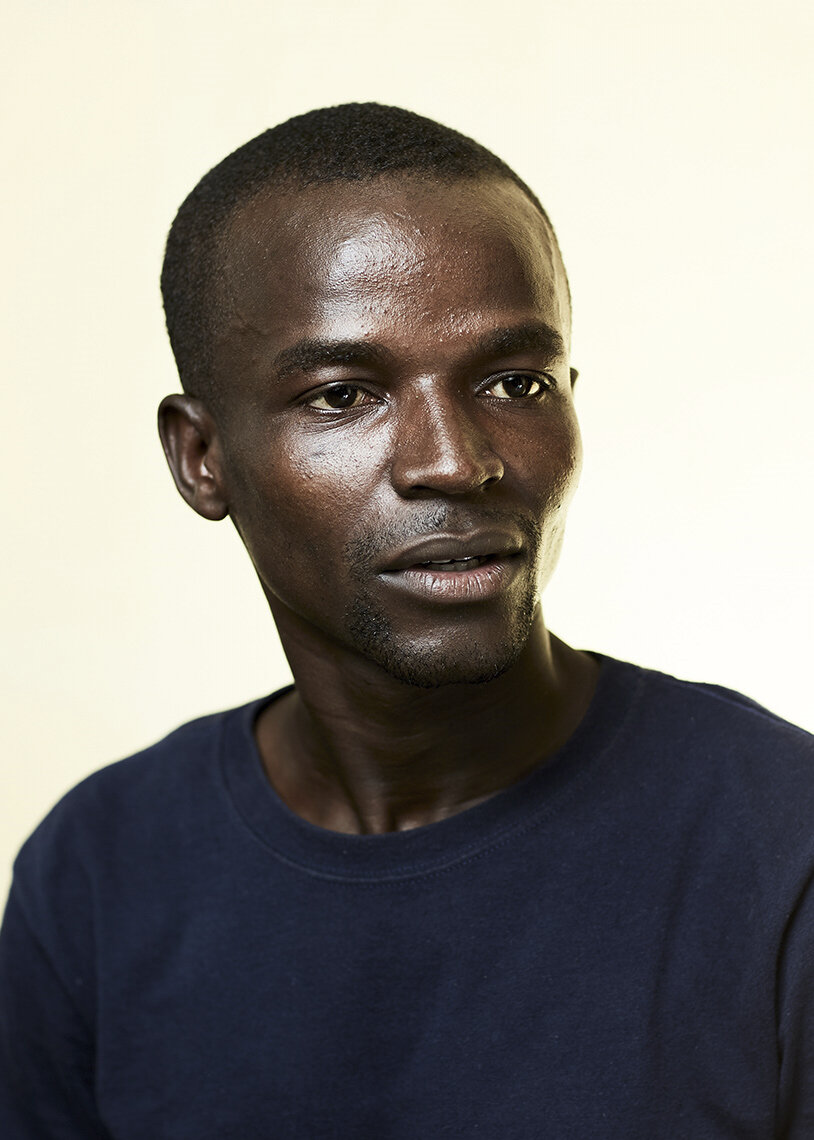
SPD: What are you currently working on?
SD: Keeping my sanity. Besides that, I have a pile of negatives that have yet to be organized, edited and scanned, so I’ve been working through the pile slowly. I’m updating my website, and I’m planning social media posts and marketing for post-lockdown.
SPD: What projects would you like to do that you haven’t done yet?
SD: Everything. All of it. I am always hungry for more challenges. Making series of portraits, like the Red Cross work, is incredibly rewarding.
Also, I really respect craftsmanship and expertise, and dedication to a specific life’s work, and at the start of the year I had begun looking for and photographing people who have been doing what they do (ideally that they also love) for decades. Like Dave Roper, the 70-year-old vintage motorcycle racer that I made the character study video of — he’s been racing since 1972 and when he’s not racing, he’s restoring vintage motorcycles. He’s incredibly well-read and contentedly lives a very solo-focused life; he’s like Bill Cunningham but in the vintage motorcycle world. And that’s been his world for decades. I would love to meet and photograph more people like that.
And then more urgently perhaps, giving something back to the first-responder community would be great. Maybe I can team up with an agency or creative director to offer portraits to people who worked in the field during this time — fresh LinkedIn images or a family photo, some sort of photographic thank-you.
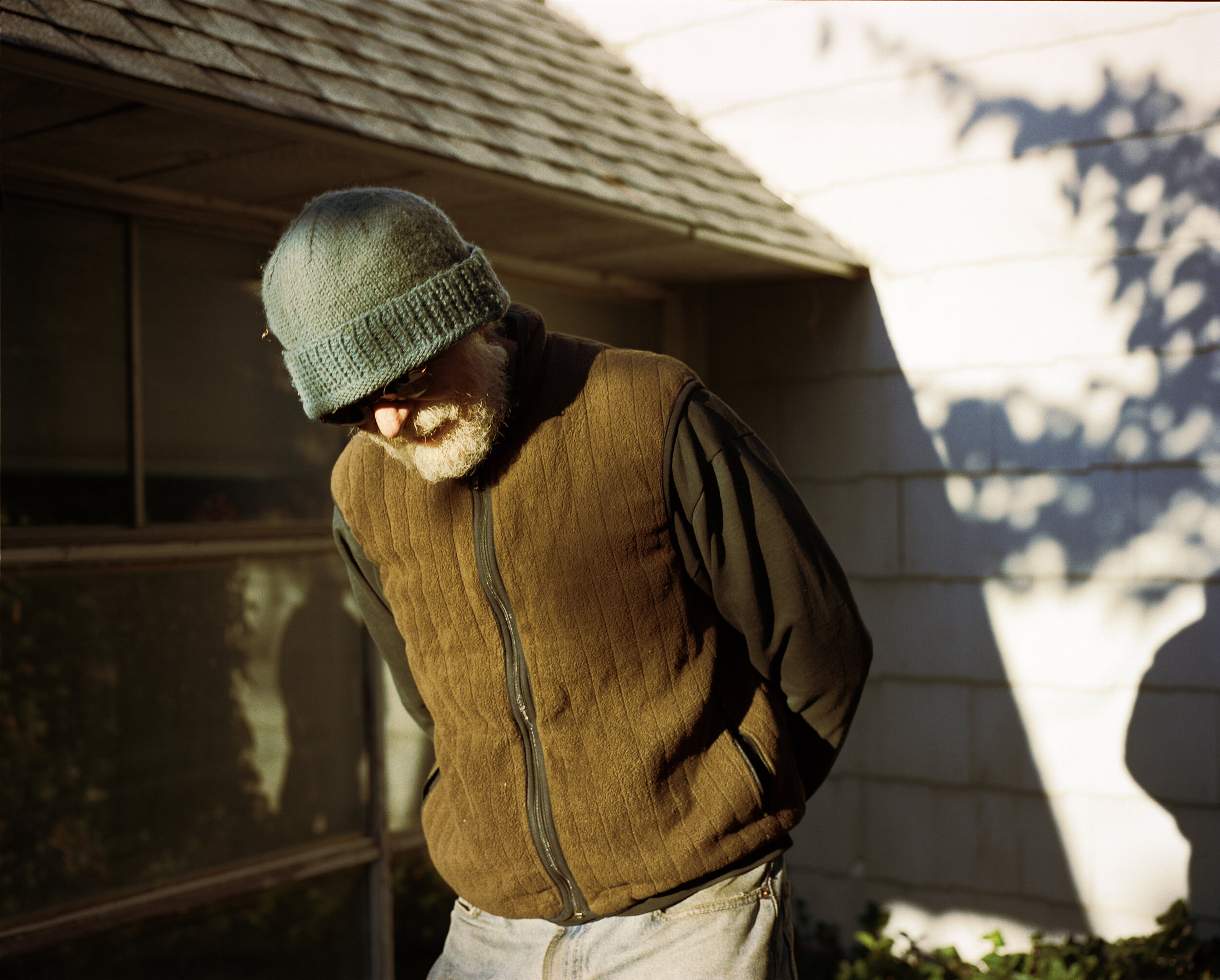
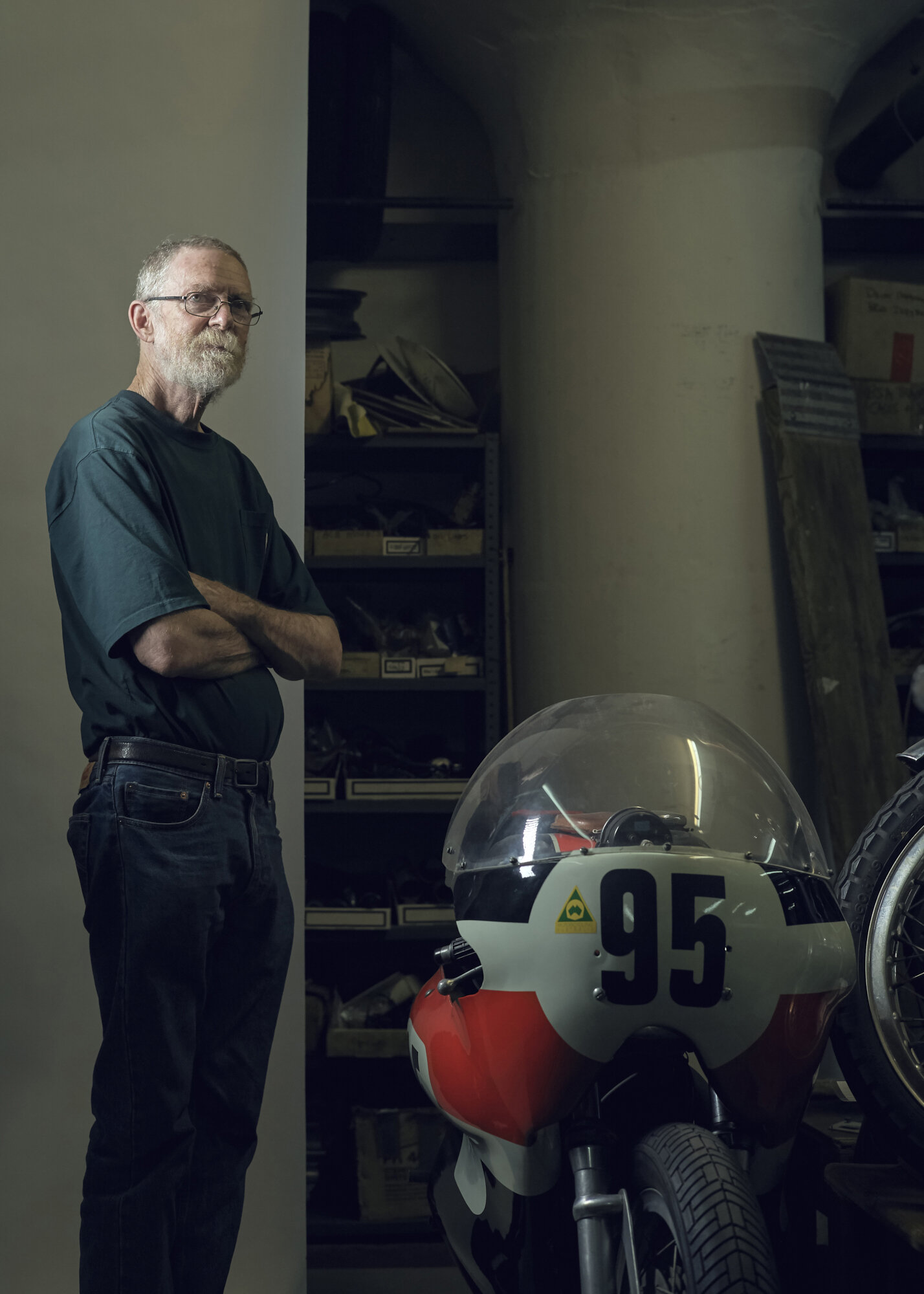
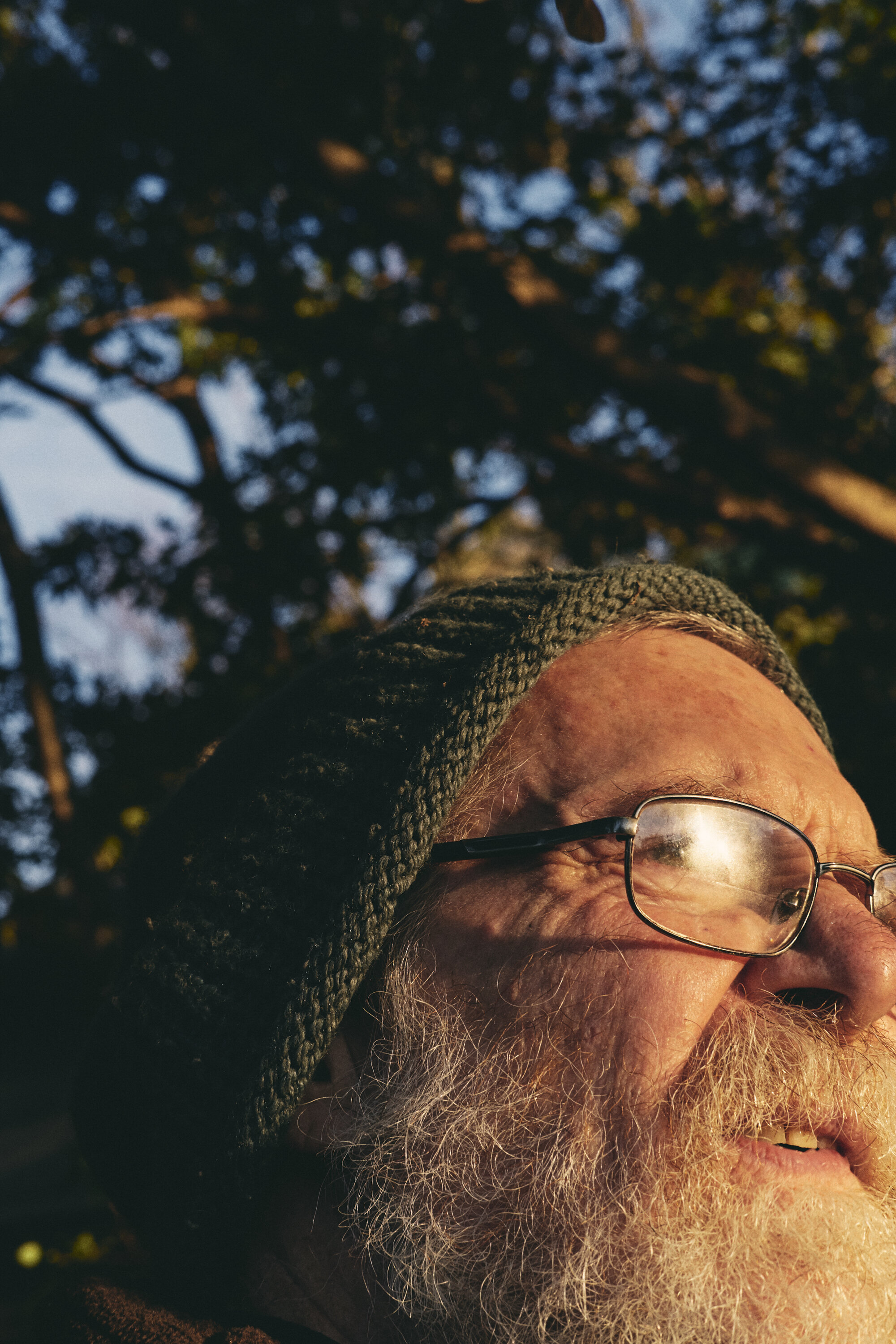
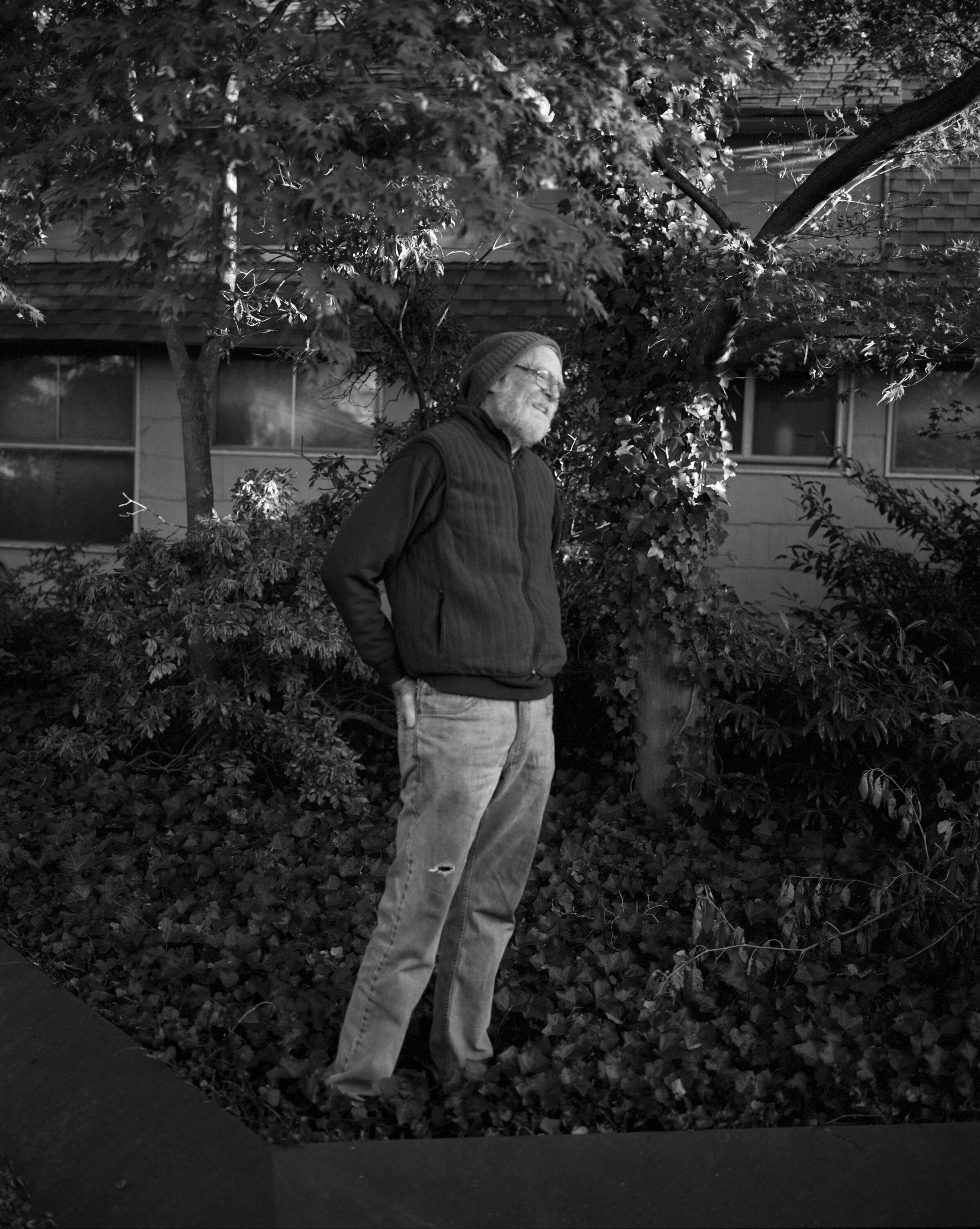
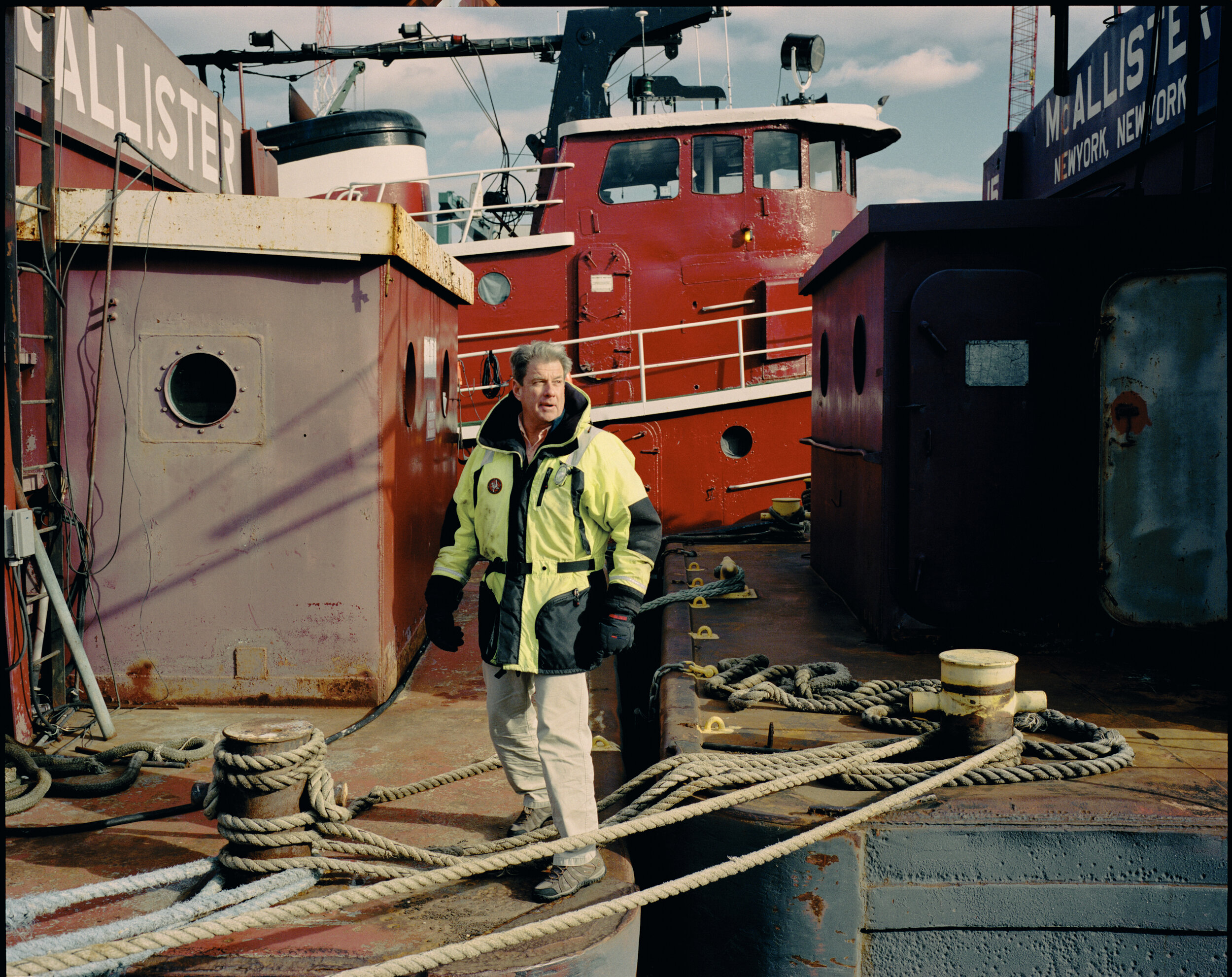
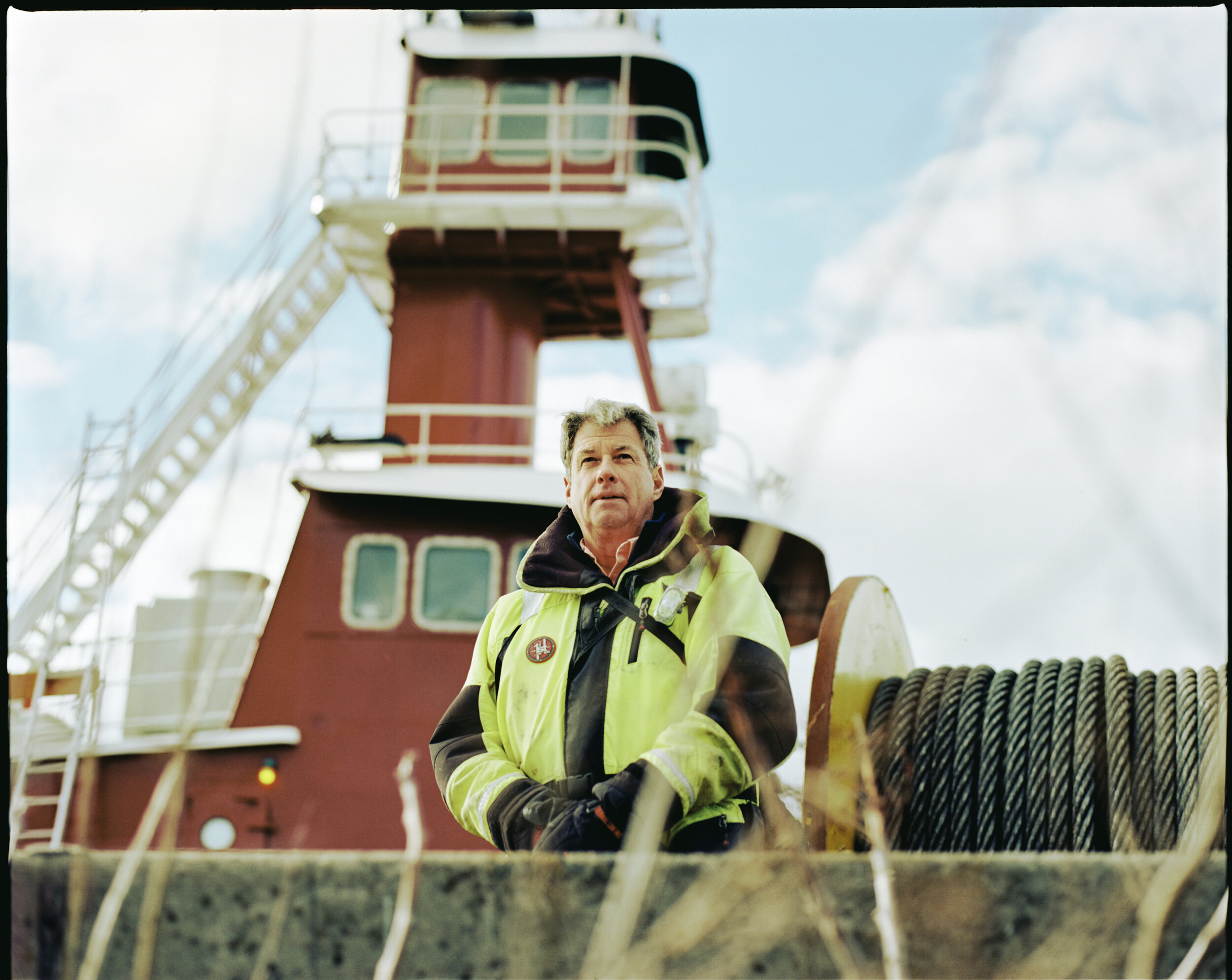
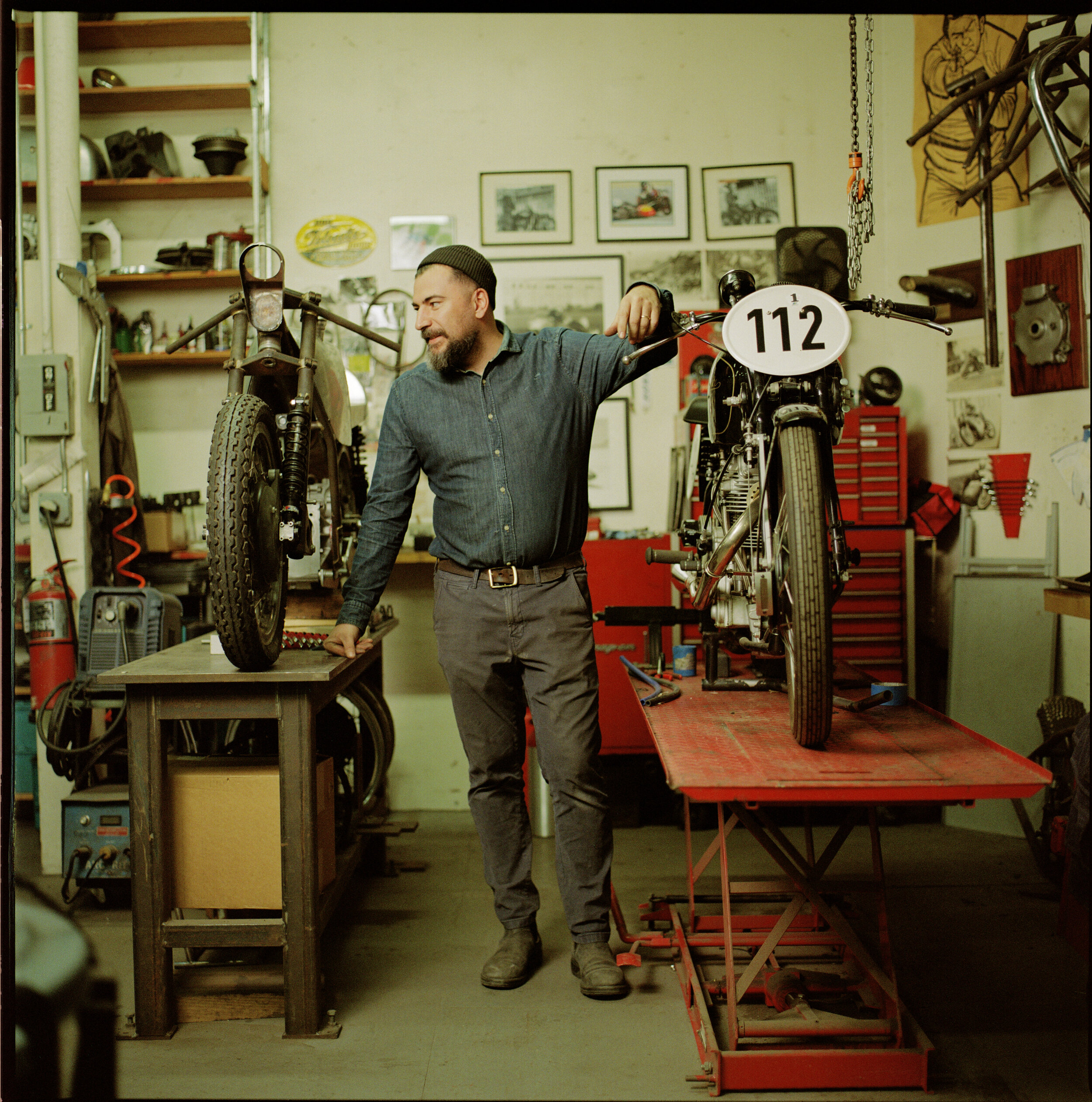
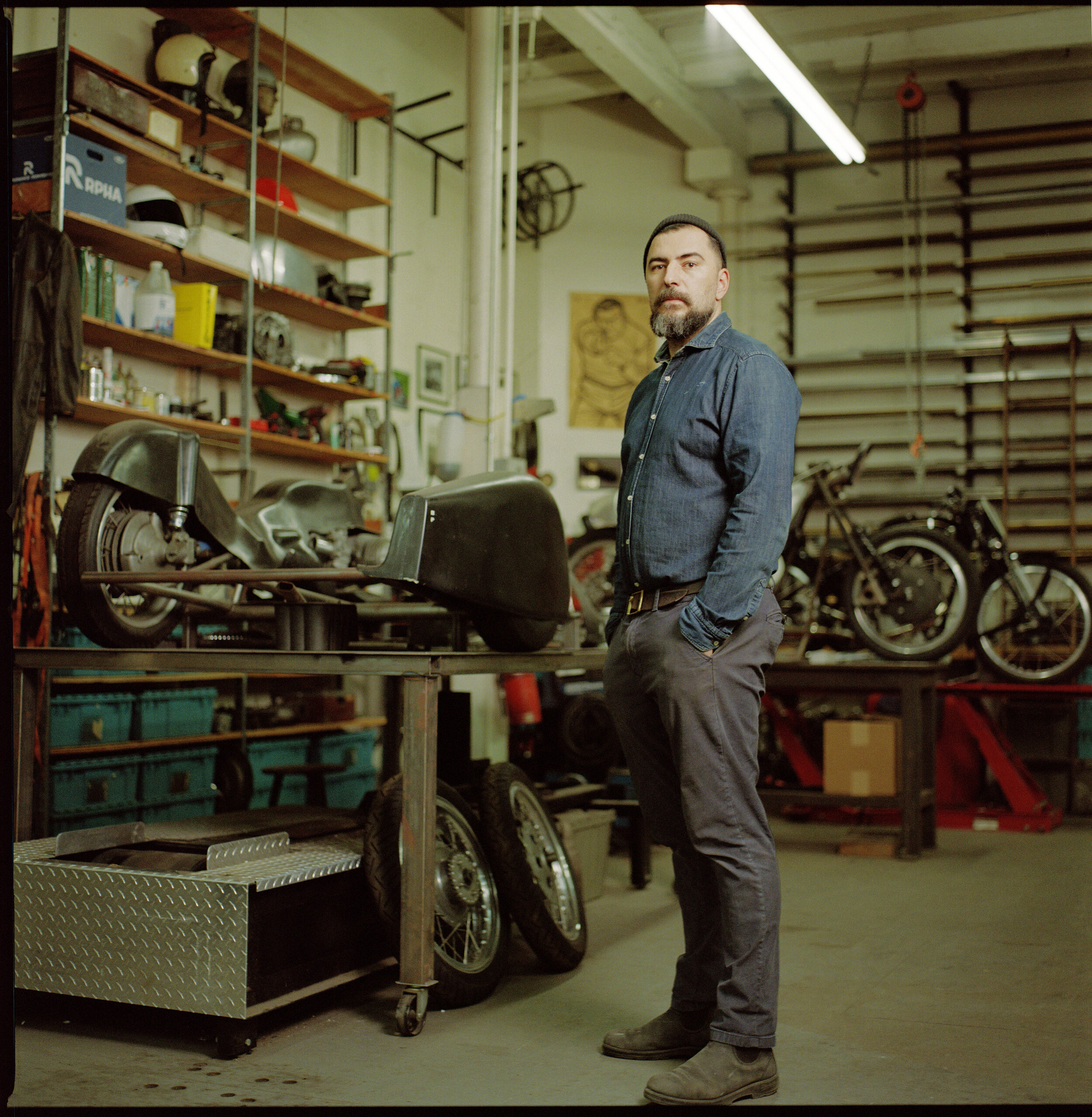
SPD: How do you make the most of your time during social distancing? How do you access creativity in isolation and what are you looking forward to?
SD: See [above], but also…I have piles of books — artist monographs, biographies, interviews — that I’ve been wanting to read for inspiration and insight for years. Once the photo editing is done, I’m planning to start working my way through them. In the meantime, I may make one day a week strictly a reading day. I just started Albert Newman at Work, and have Issues: A History of Photography in Fashion Magazines by Vince Aletti on the dining table. I saw him speak at Fotografiska earlier this year, he was awesome. He’d be a good one to photograph.
I’d like to start a photo project of some sort, but I really enjoy photographing faces, and with only myself and my husband in the apartment…well, the dog gets a lot of photos taken.
SPD: Where do you see the business post lockdown?
SD: I think about what the world, both my world and the larger one, will look like post-lockdown all the time, and I can’t envision it. The level of testing and caution that will be required to get back to work safely seems insurmountable, and yet I know at some point, somehow, we’ll all get out and start hustling again. For me right now it’s like trying to picture what is beyond the edge of the known universe. If it’s still expanding, what’s in front of that ‘space’? Nothing that we know. That’s how I feel about post lockdown, it will be like nothing we know for quite a while.
SPD: What does SPD mean to you?
SD: SPD has been a great source of education and inspiration since before our move to NYC in 2014. I went to lectures in Los Angeles whenever my schedule allowed, things like the Unsung Heroes presentations. The talks that I’ve been to at the SVA theater here in the city give me insight into how creatives make decisions, which in turn influences how I approach a commission, as well as educates me about what questions to ask when preparing to shoot a story, and even how to market myself more effectively. SPD to me means a community of people who care about magazines and printed pieces like I do, but also a community like myself that is adapting to an online-only world, and now, a work-from-home-online-only-dog-staring-at-me world.
